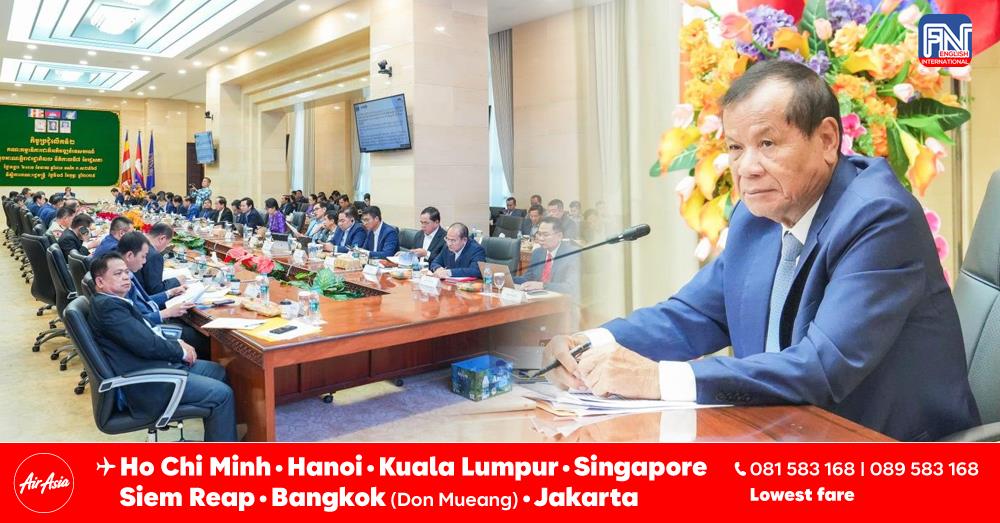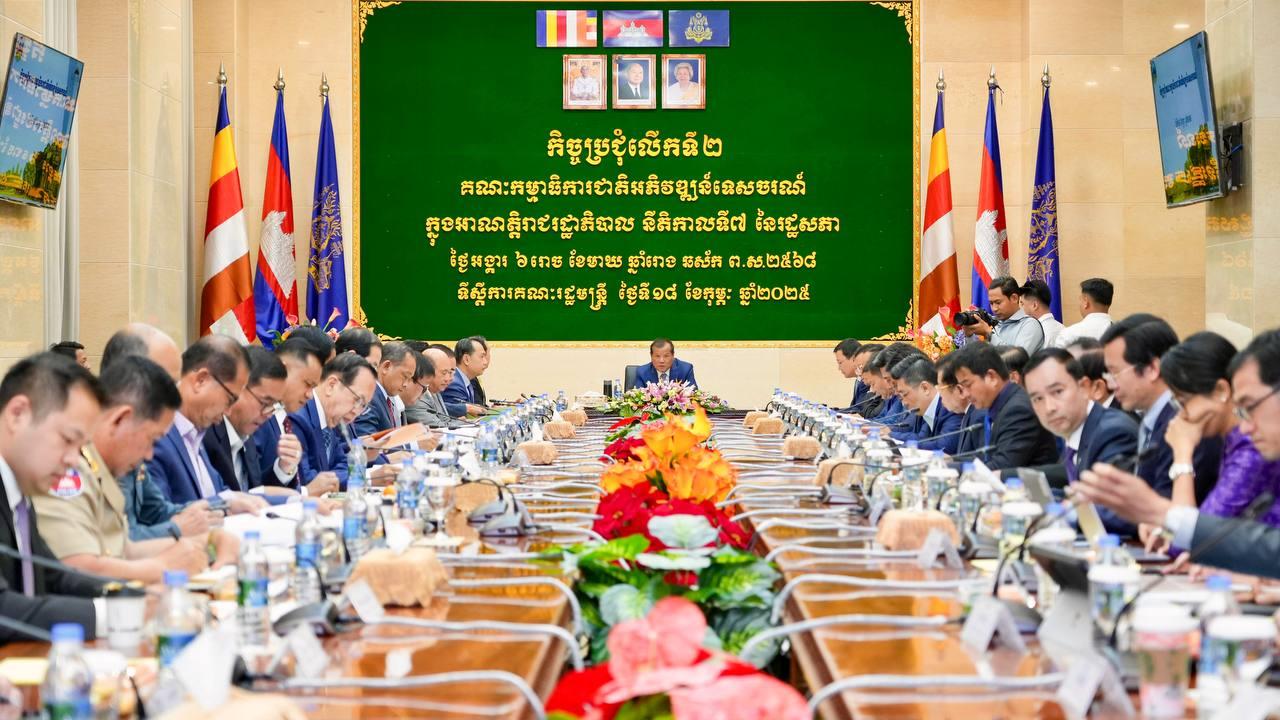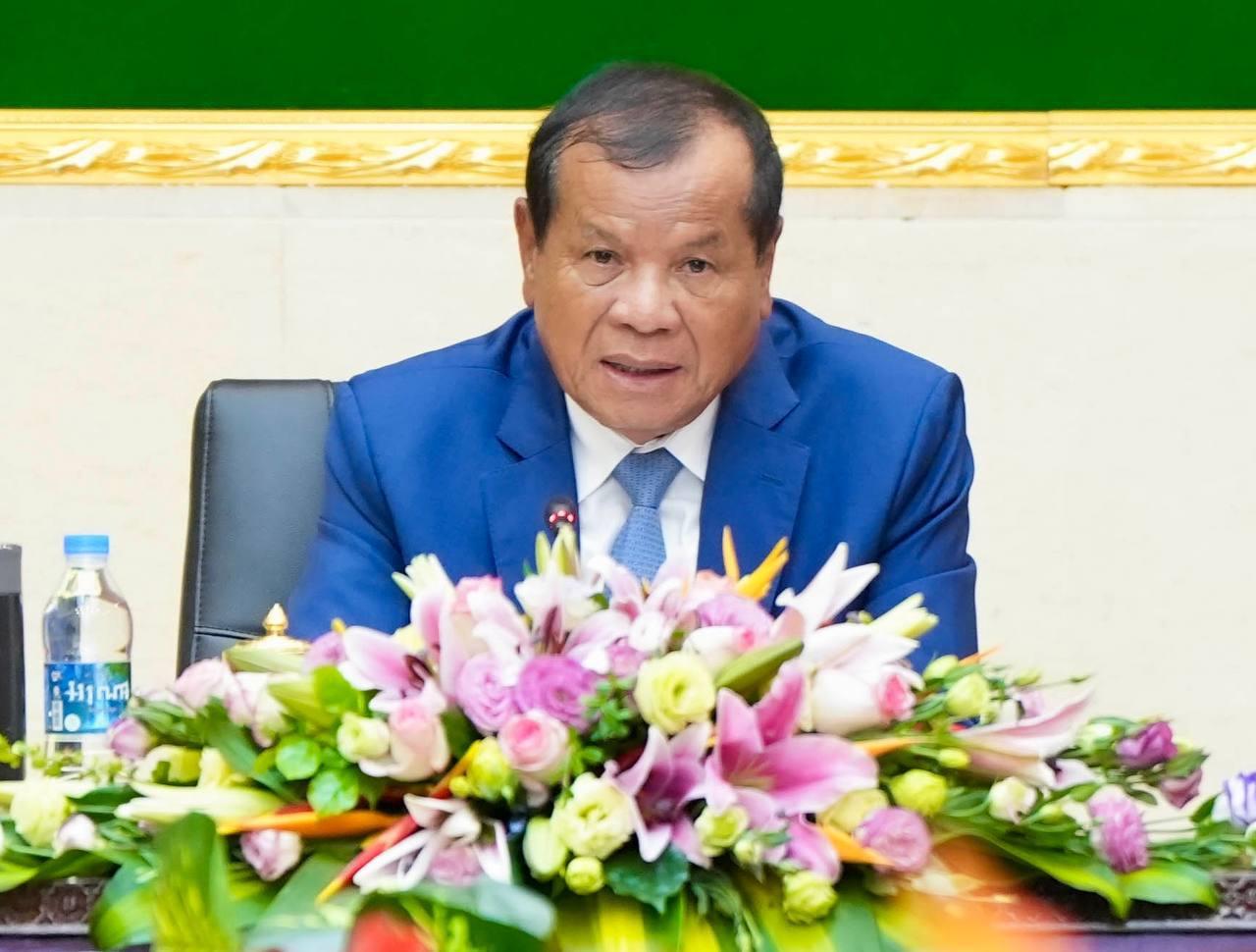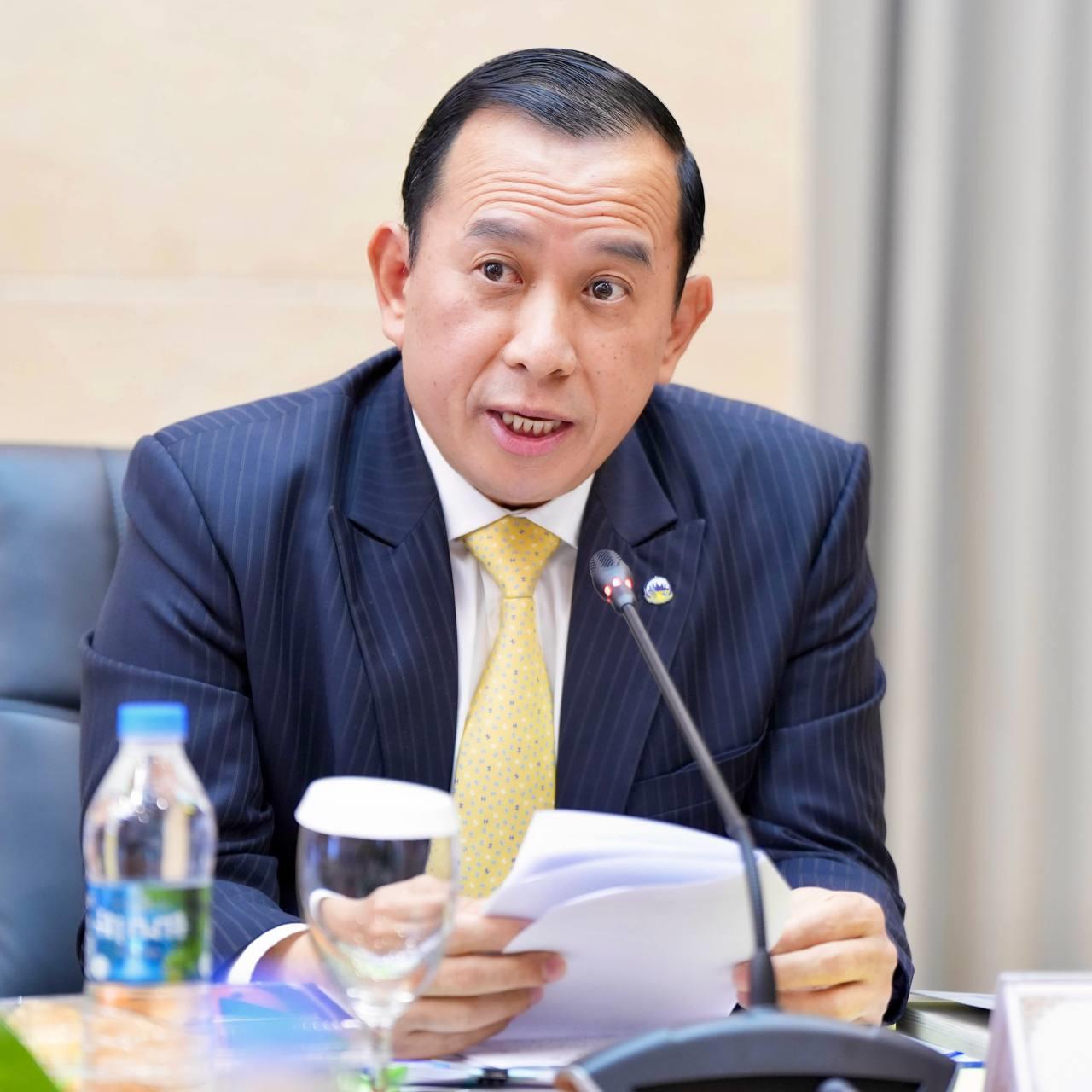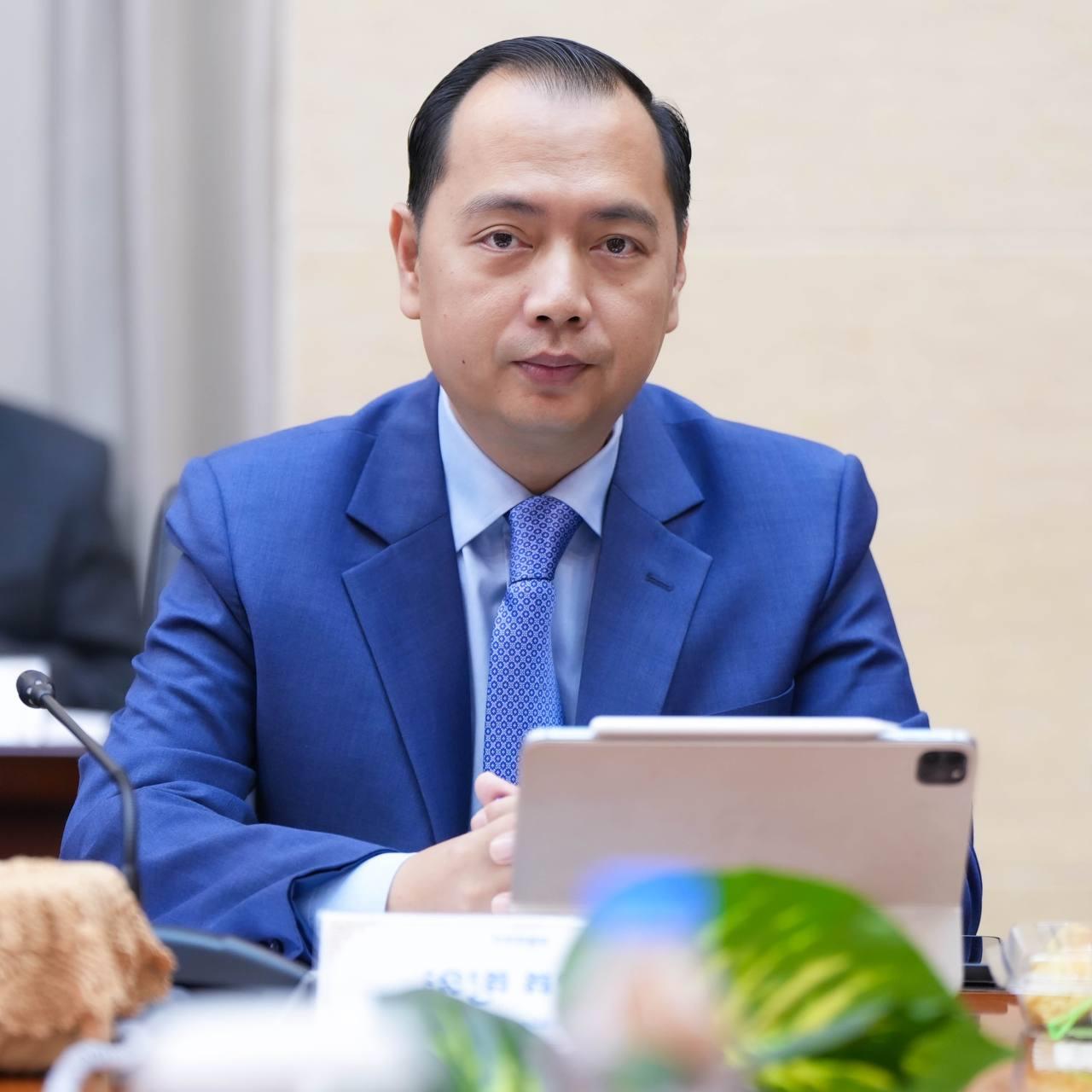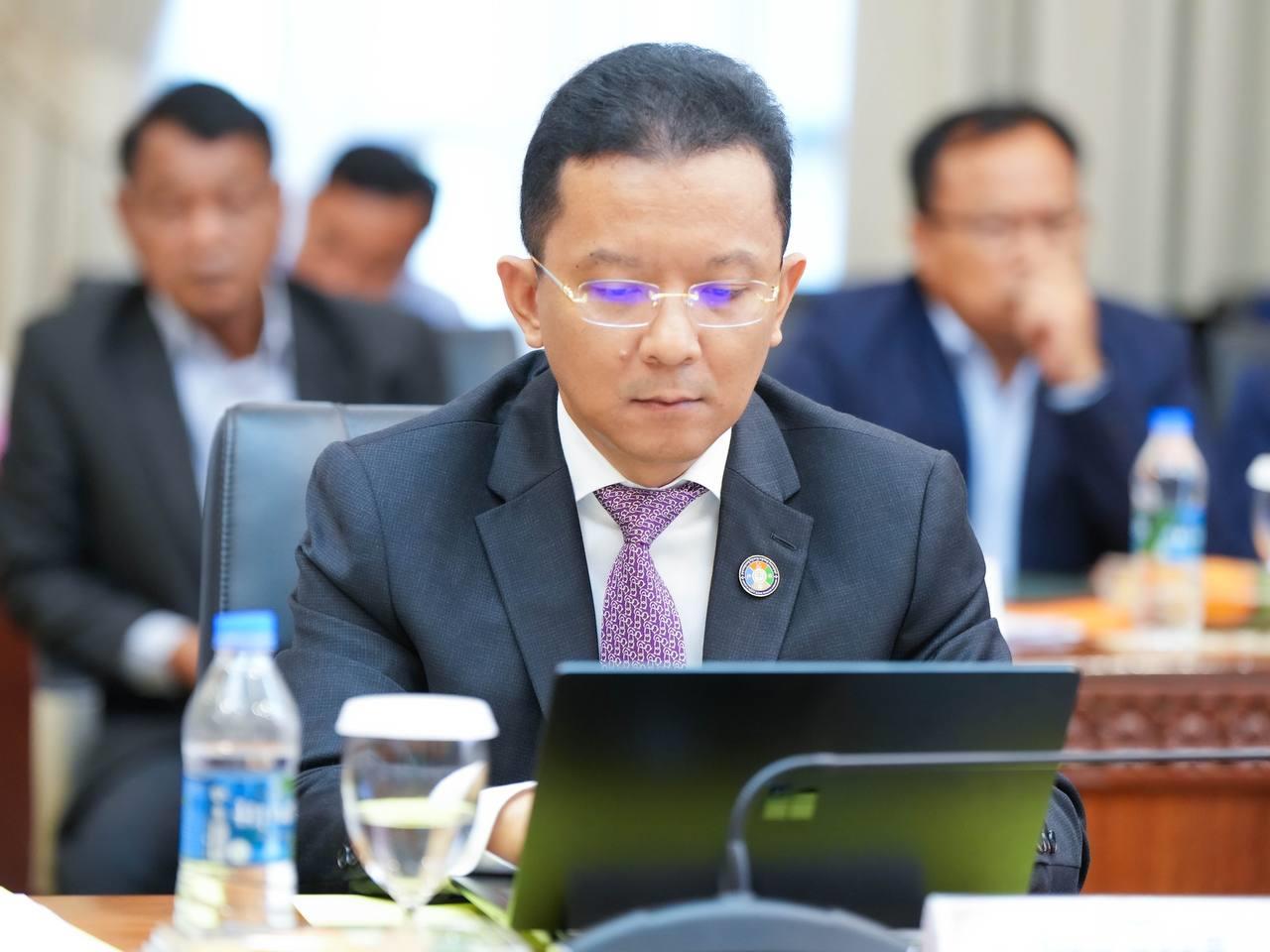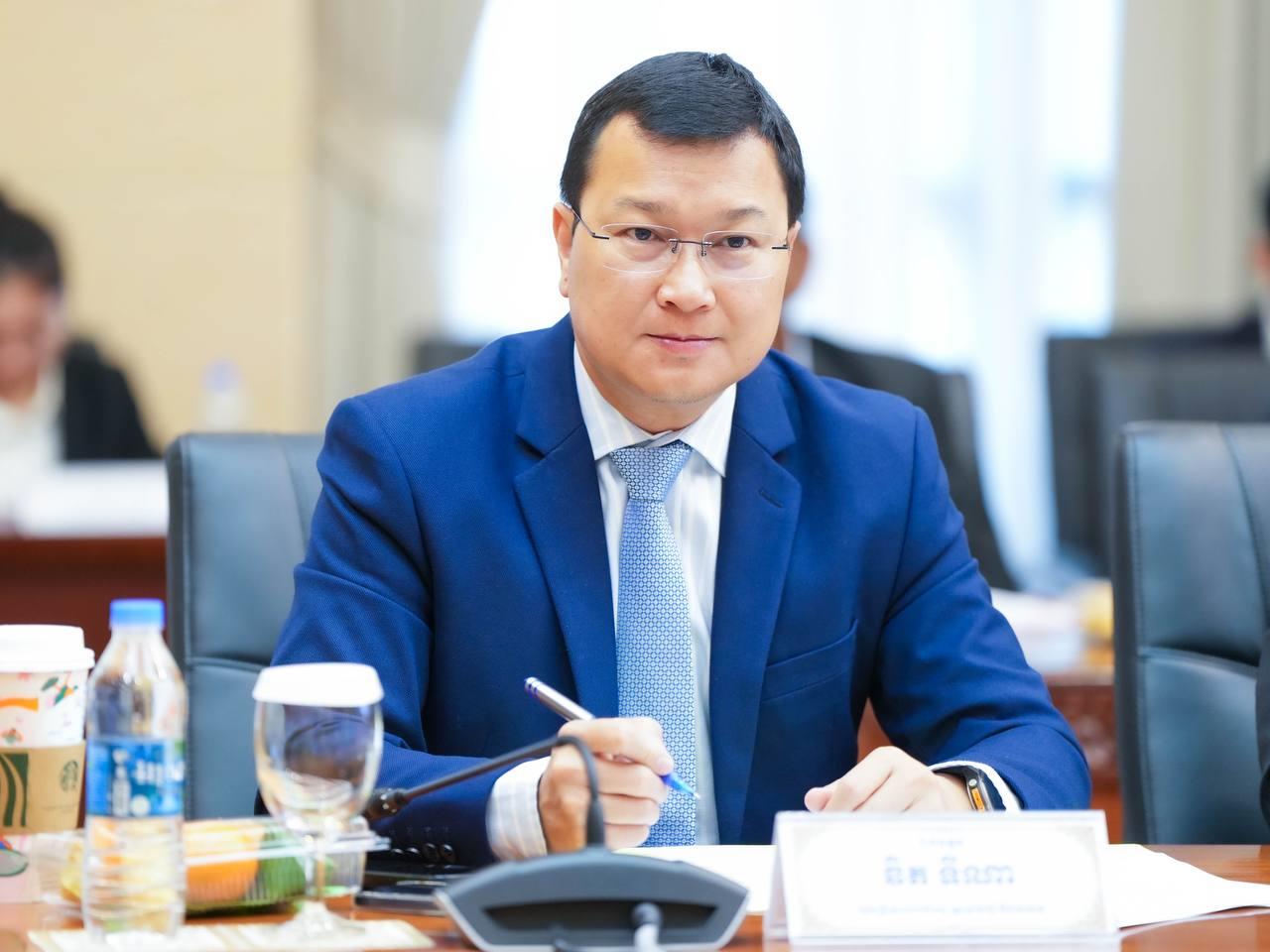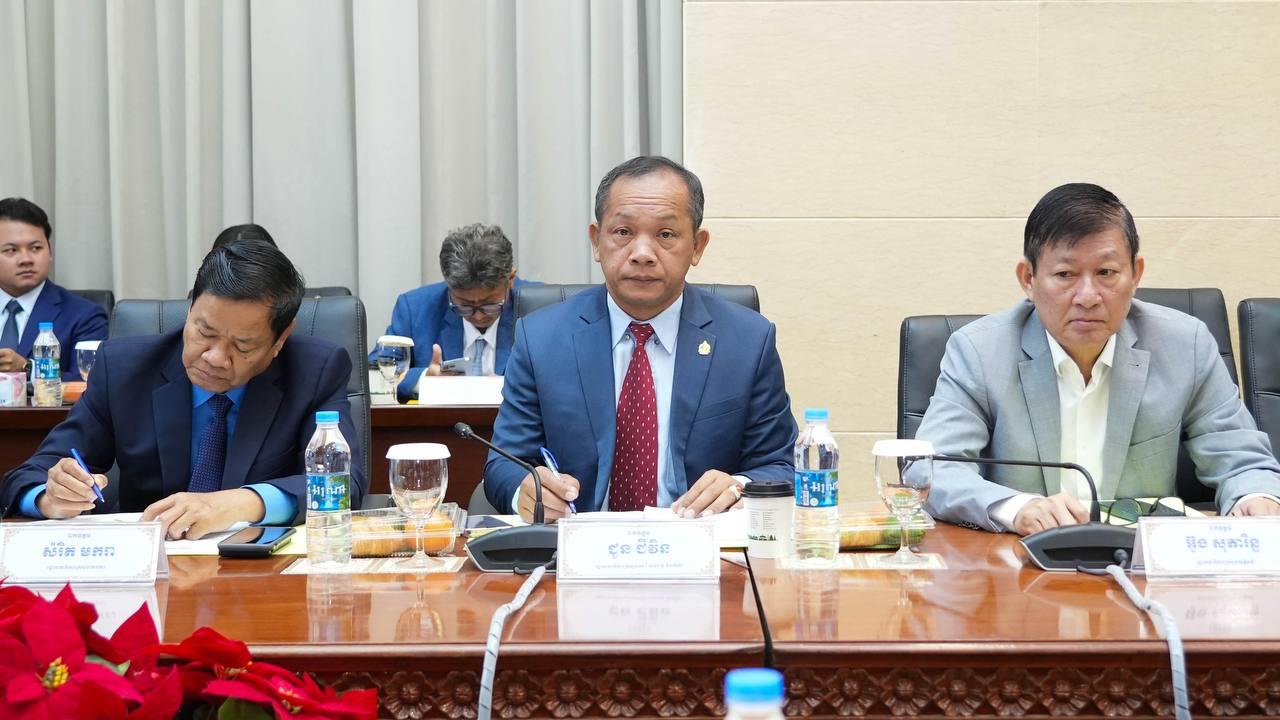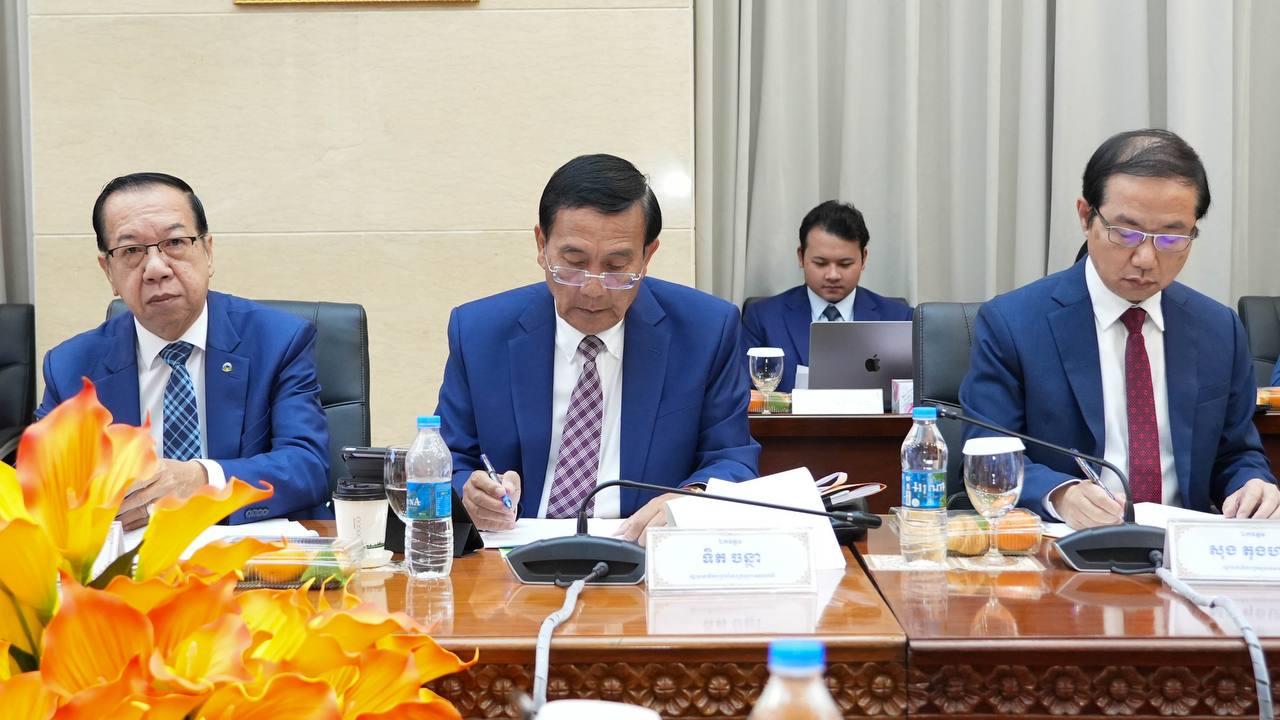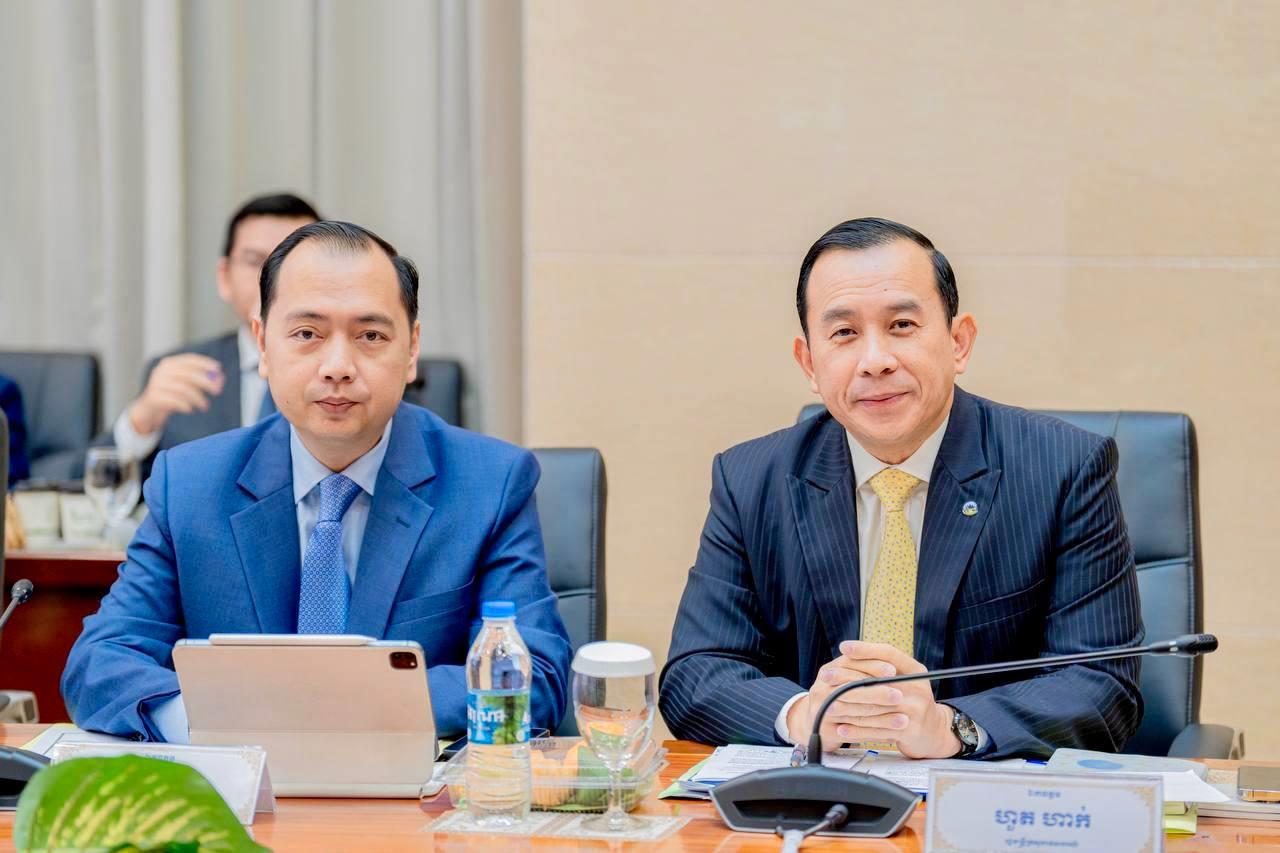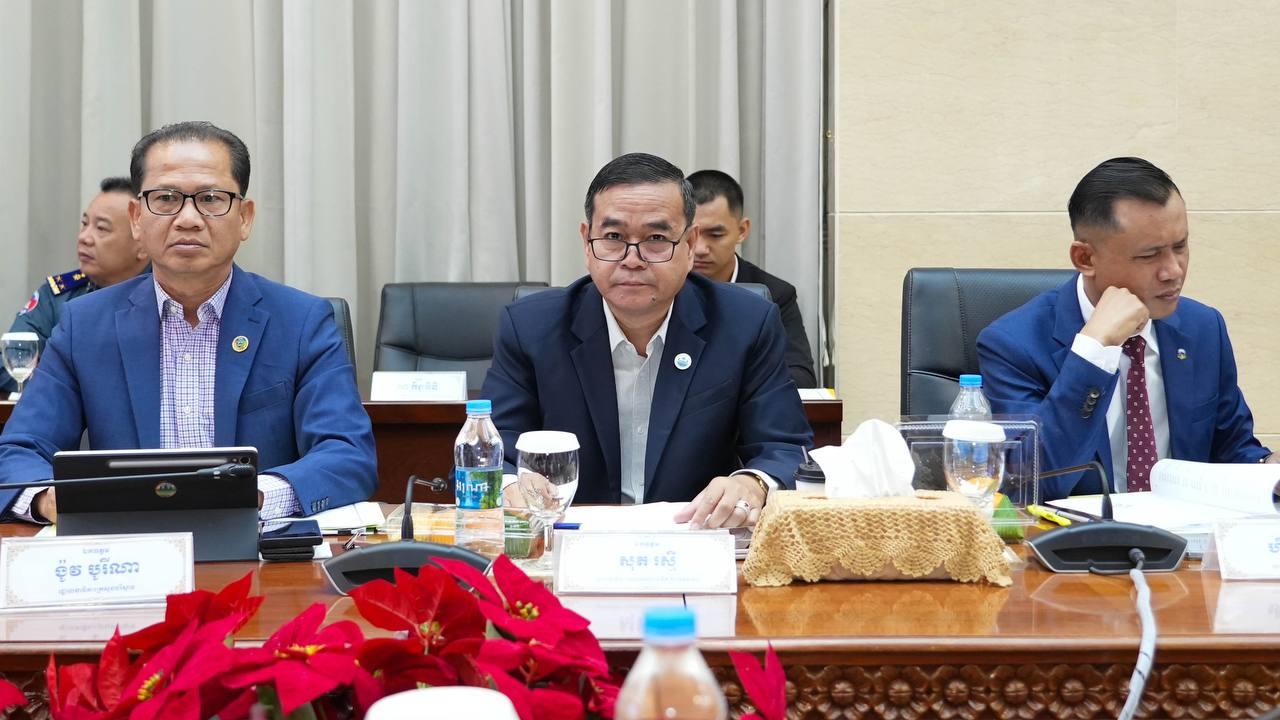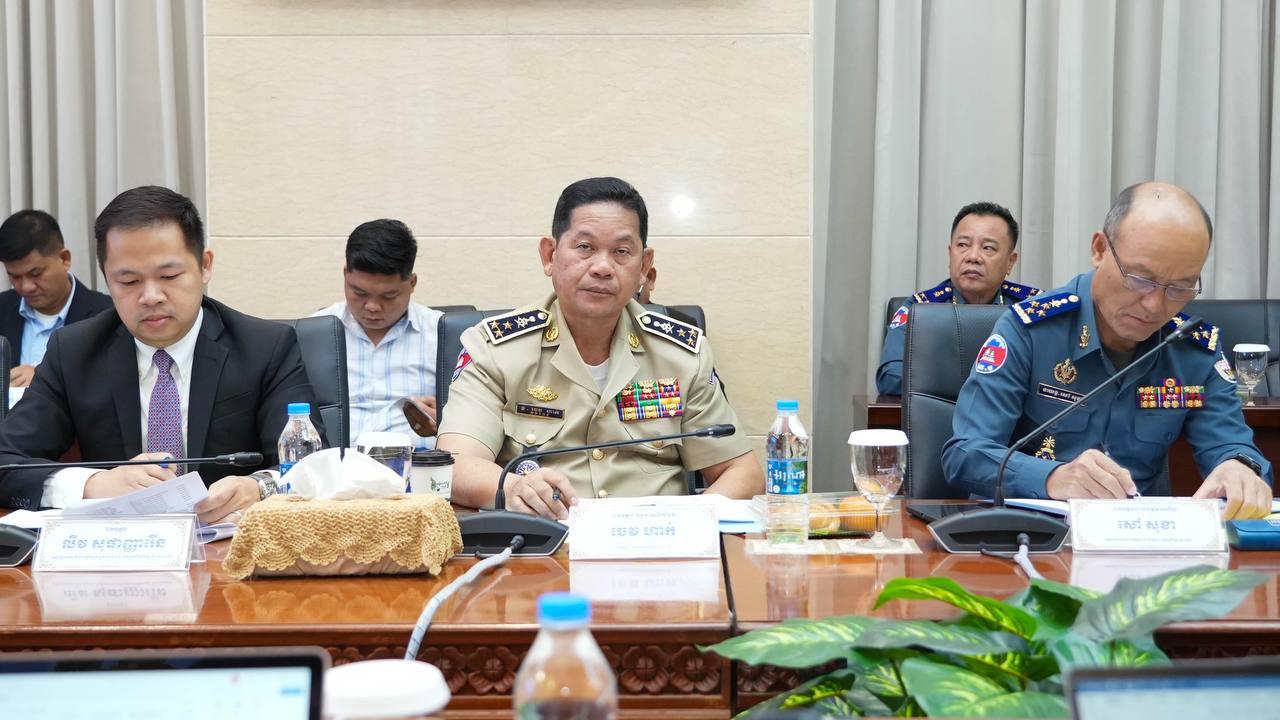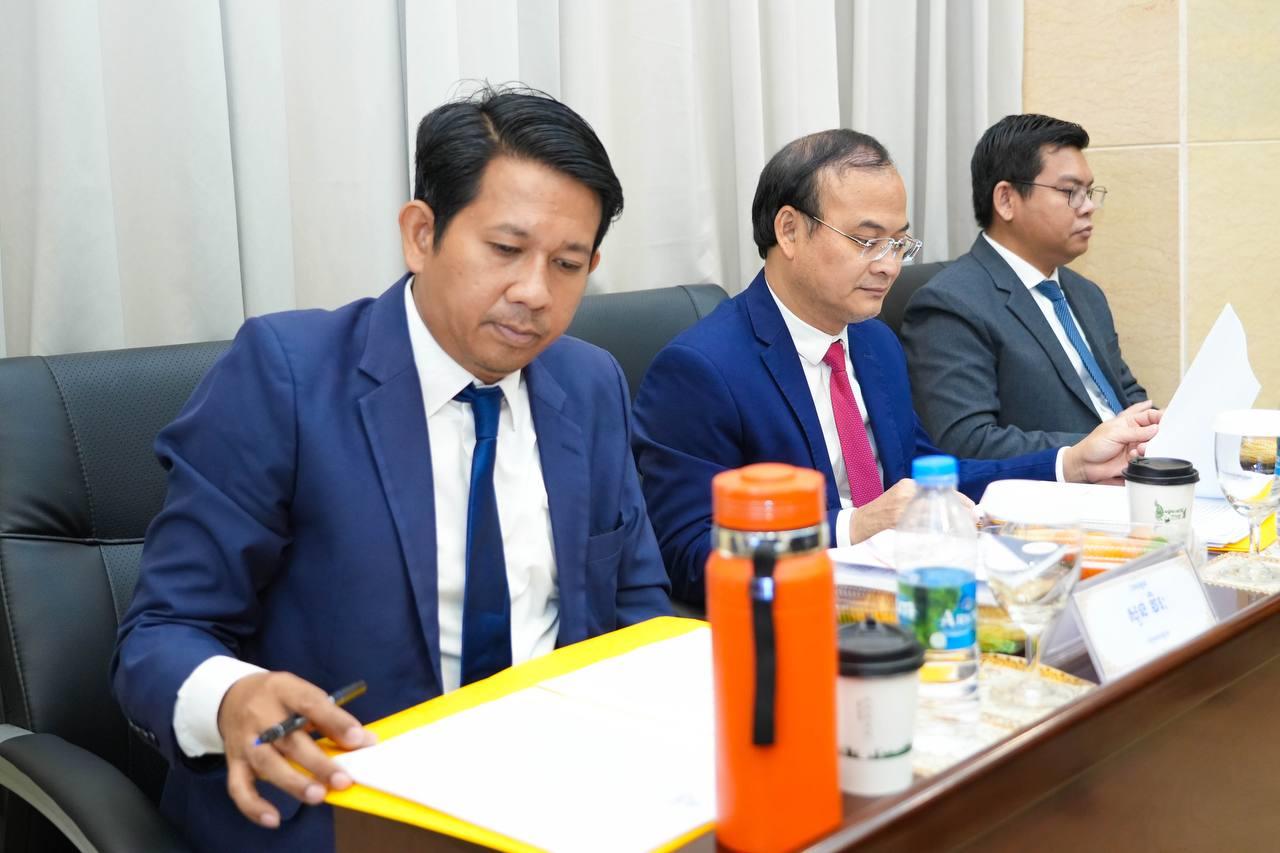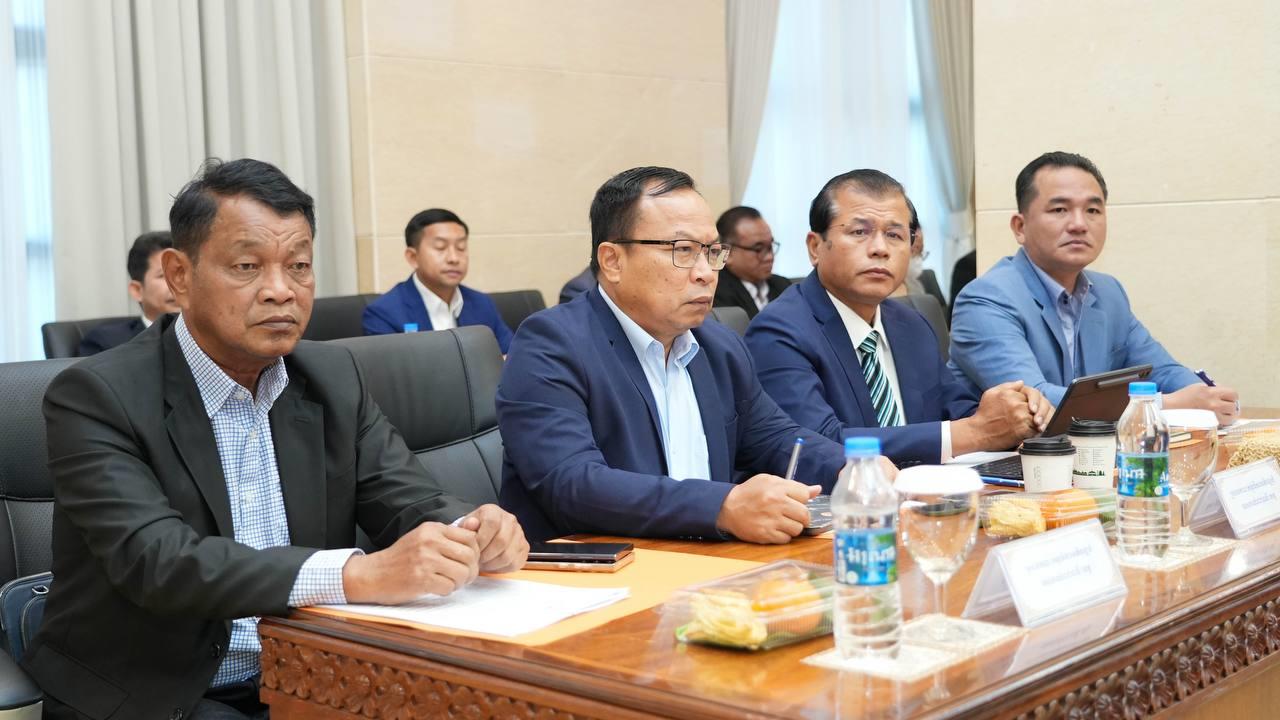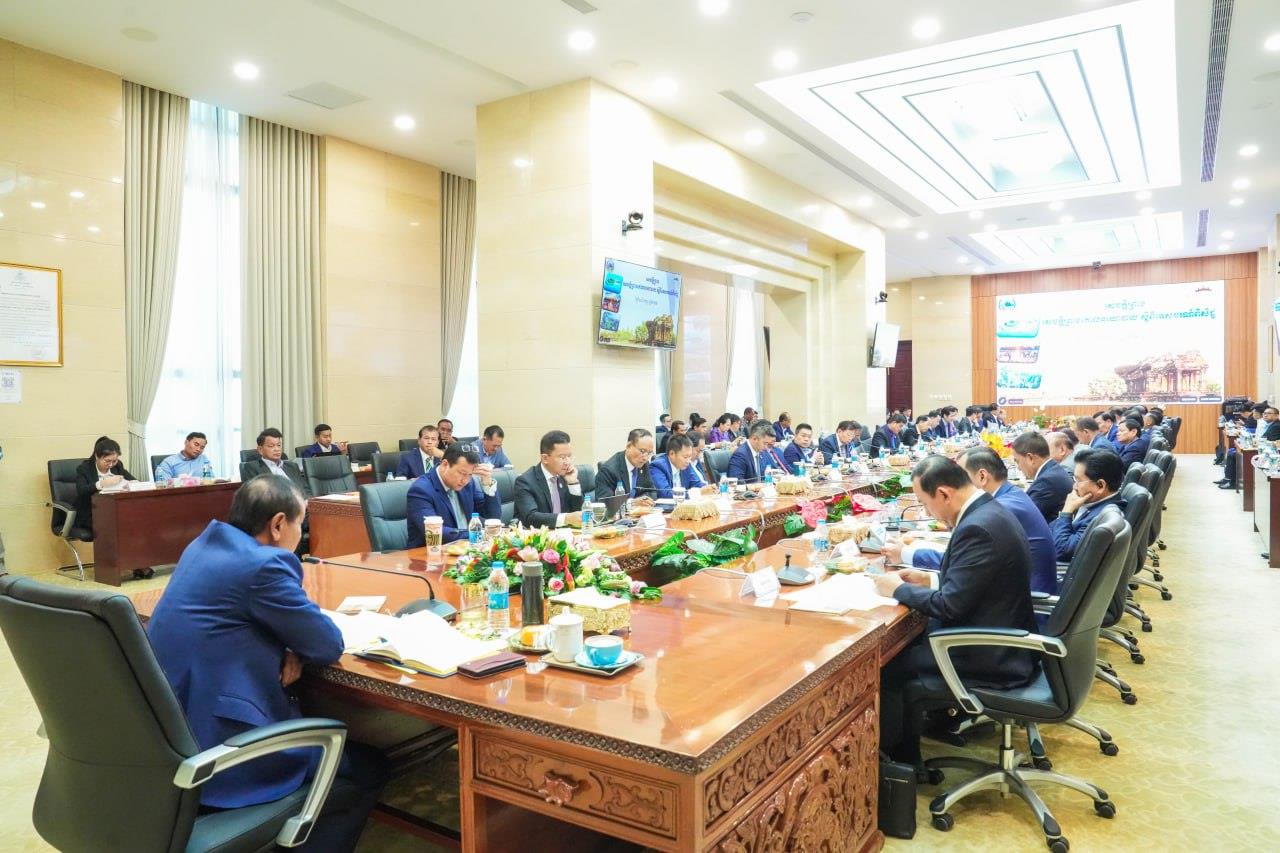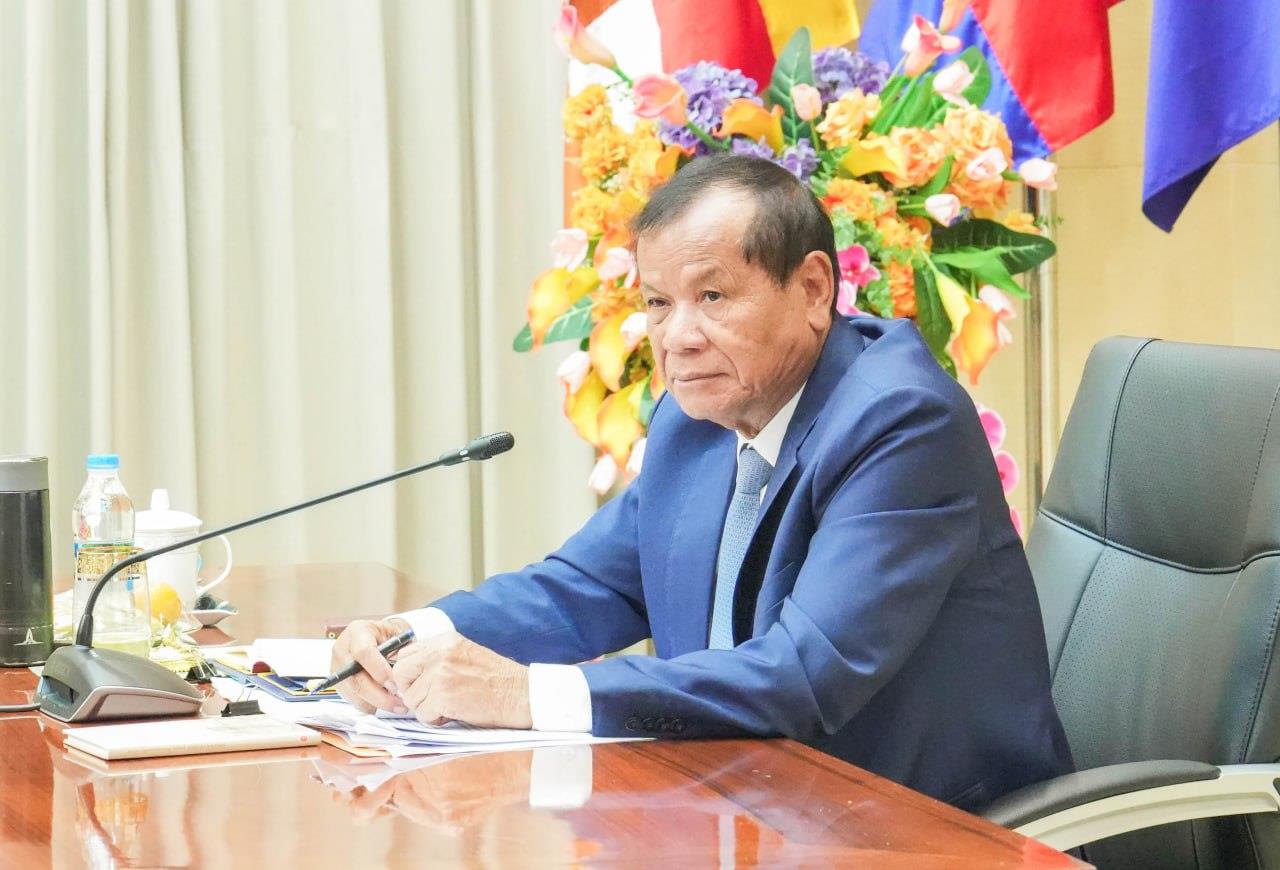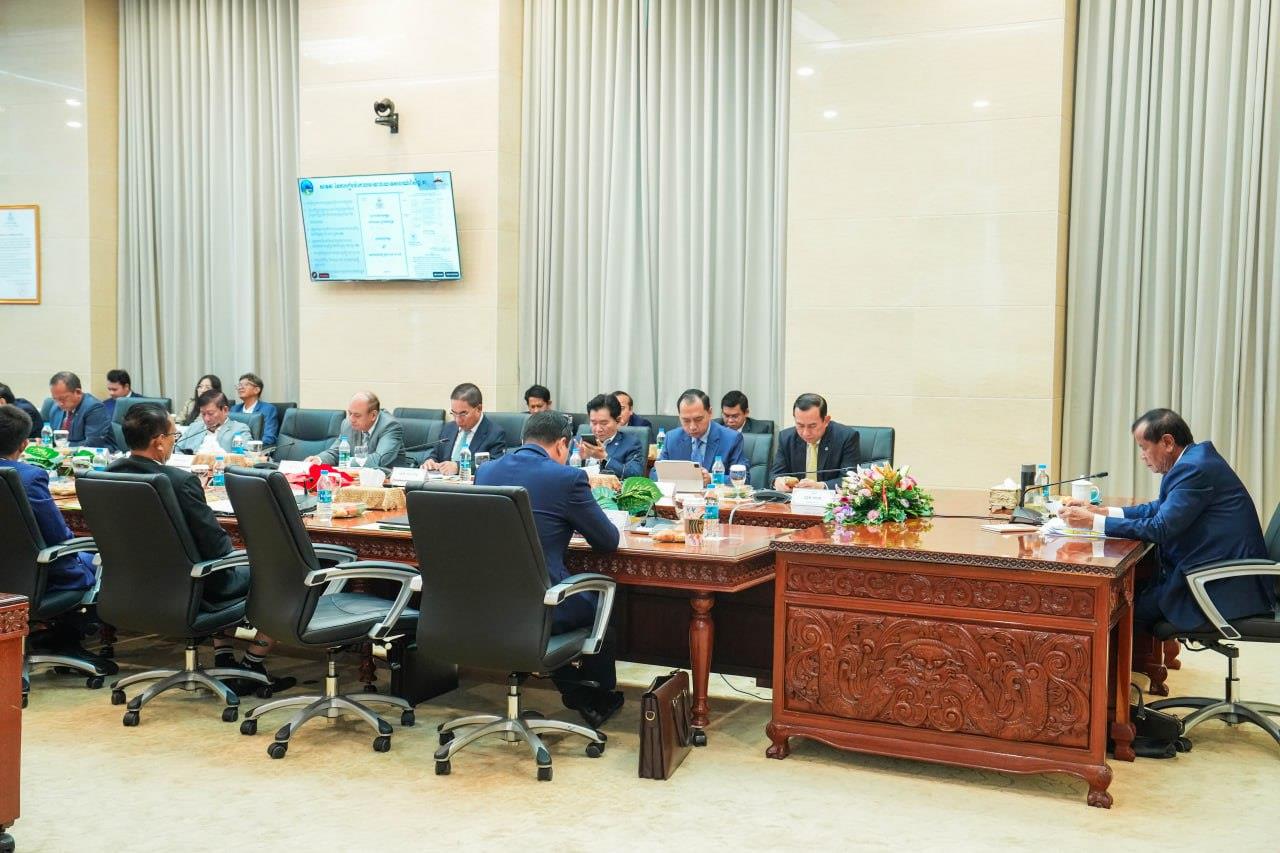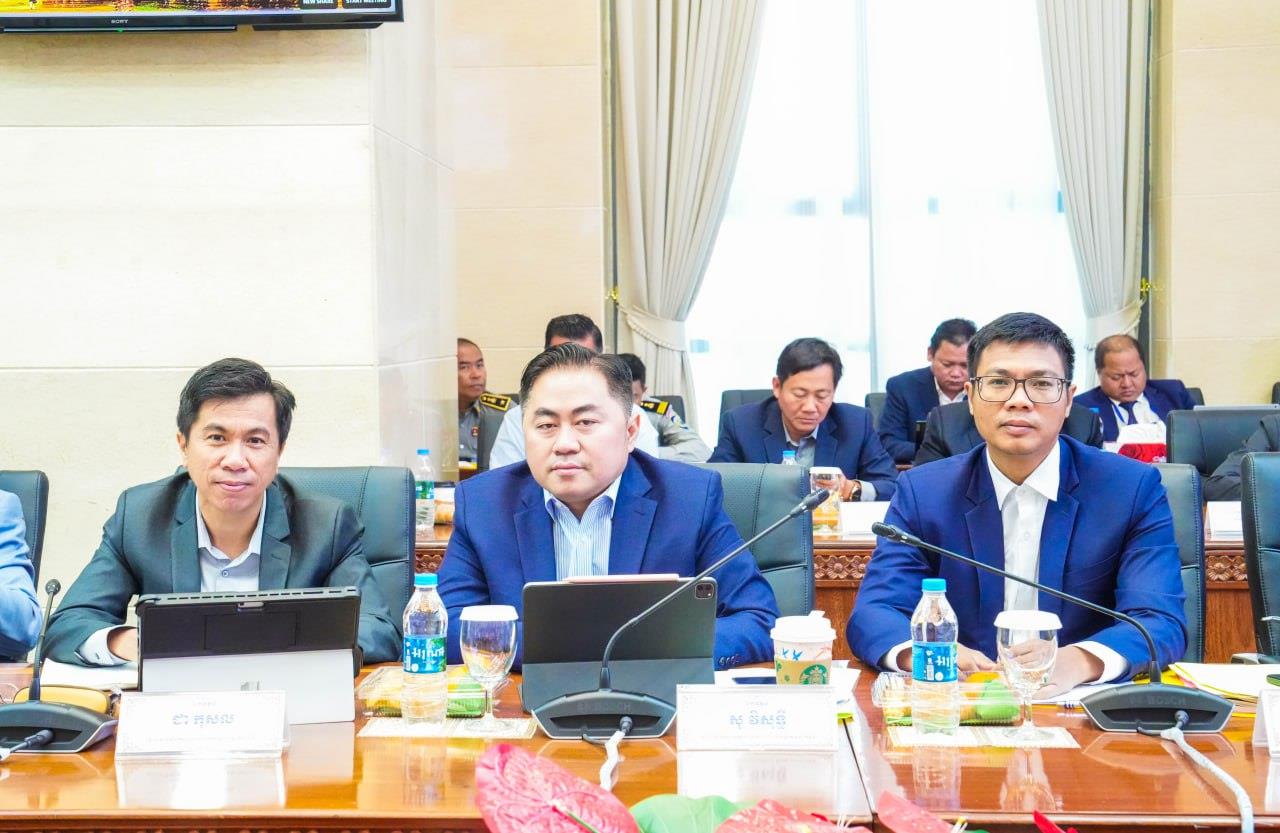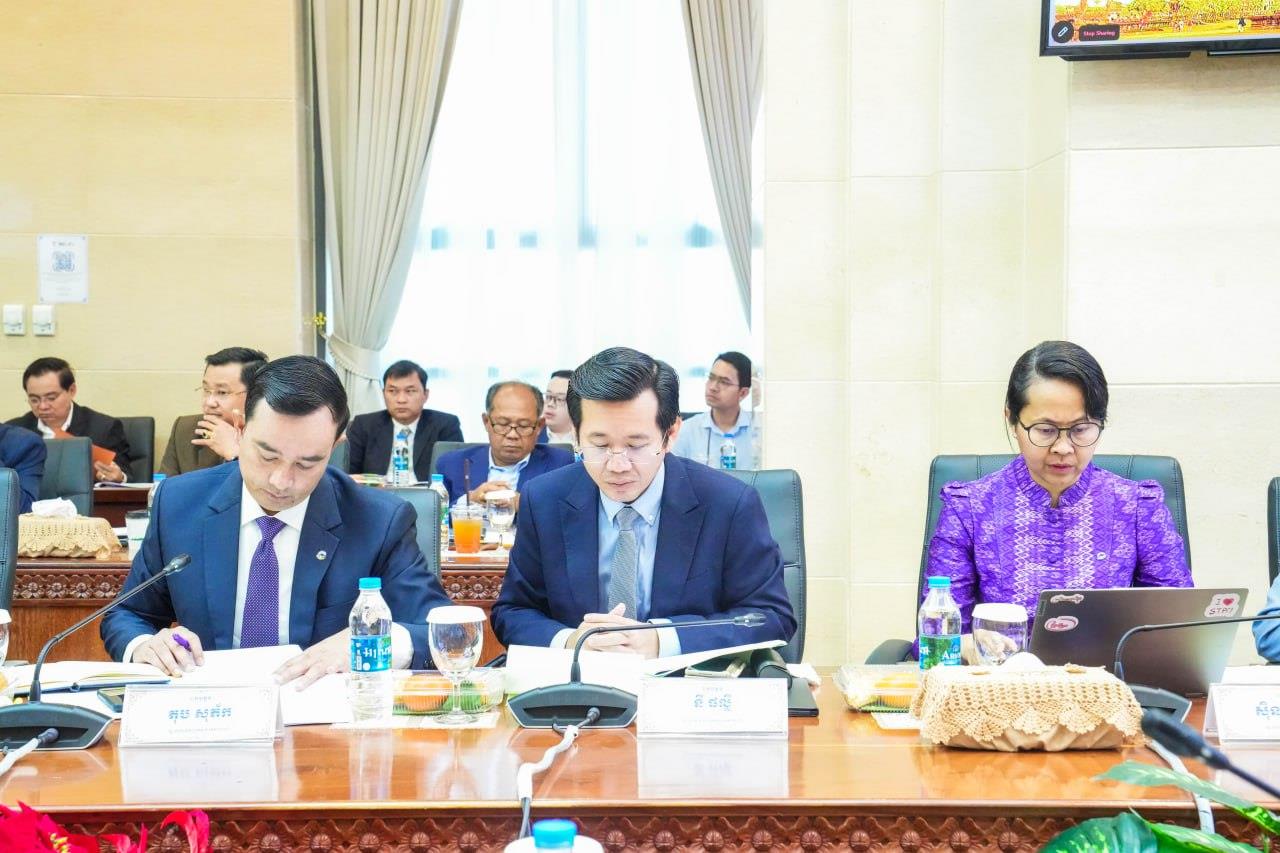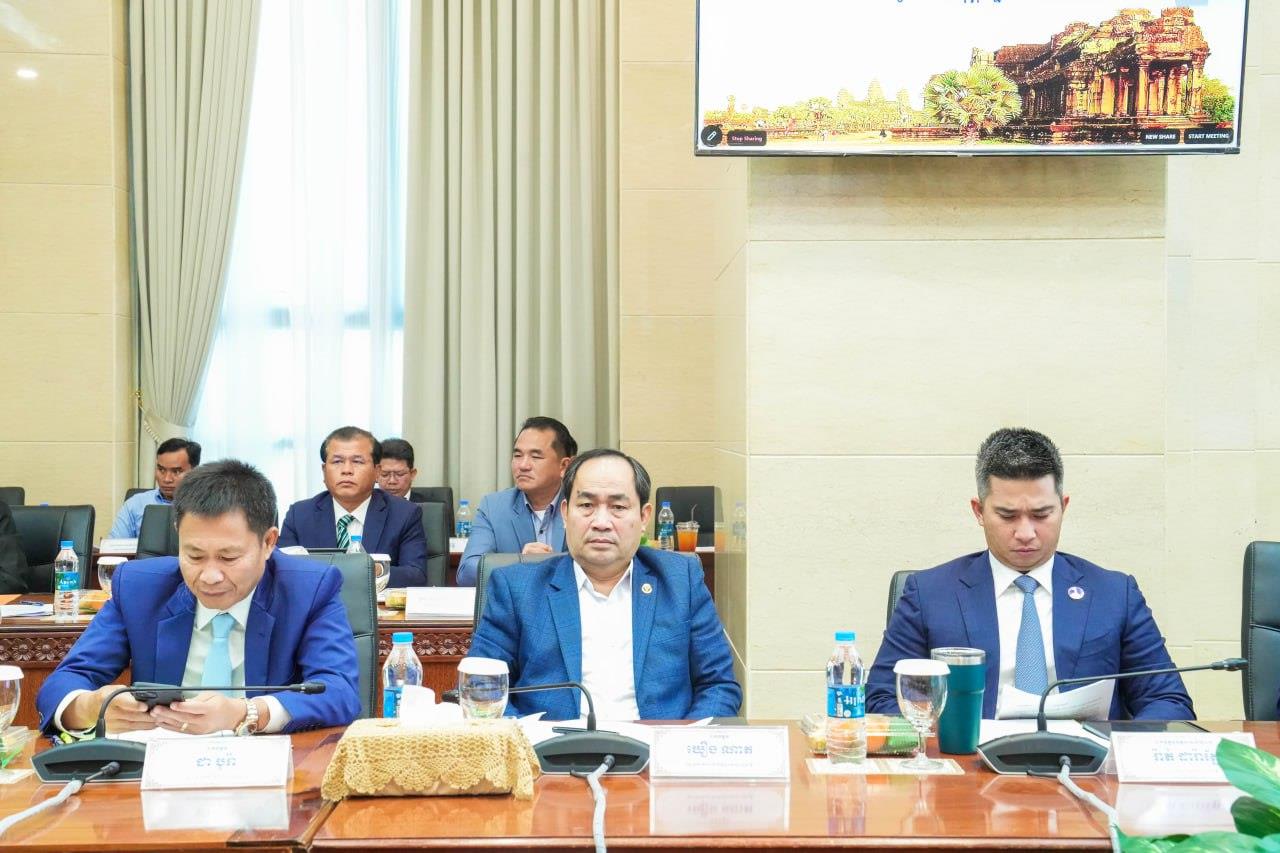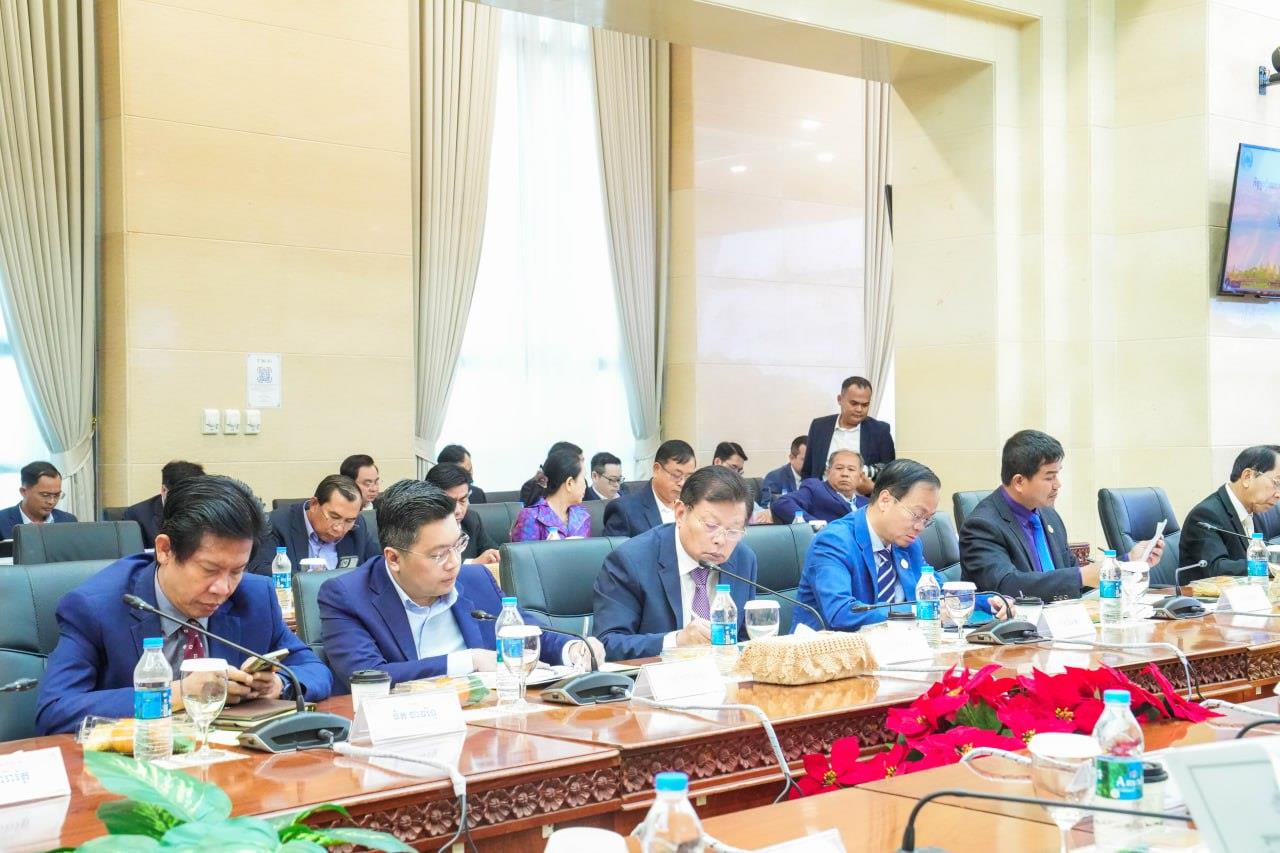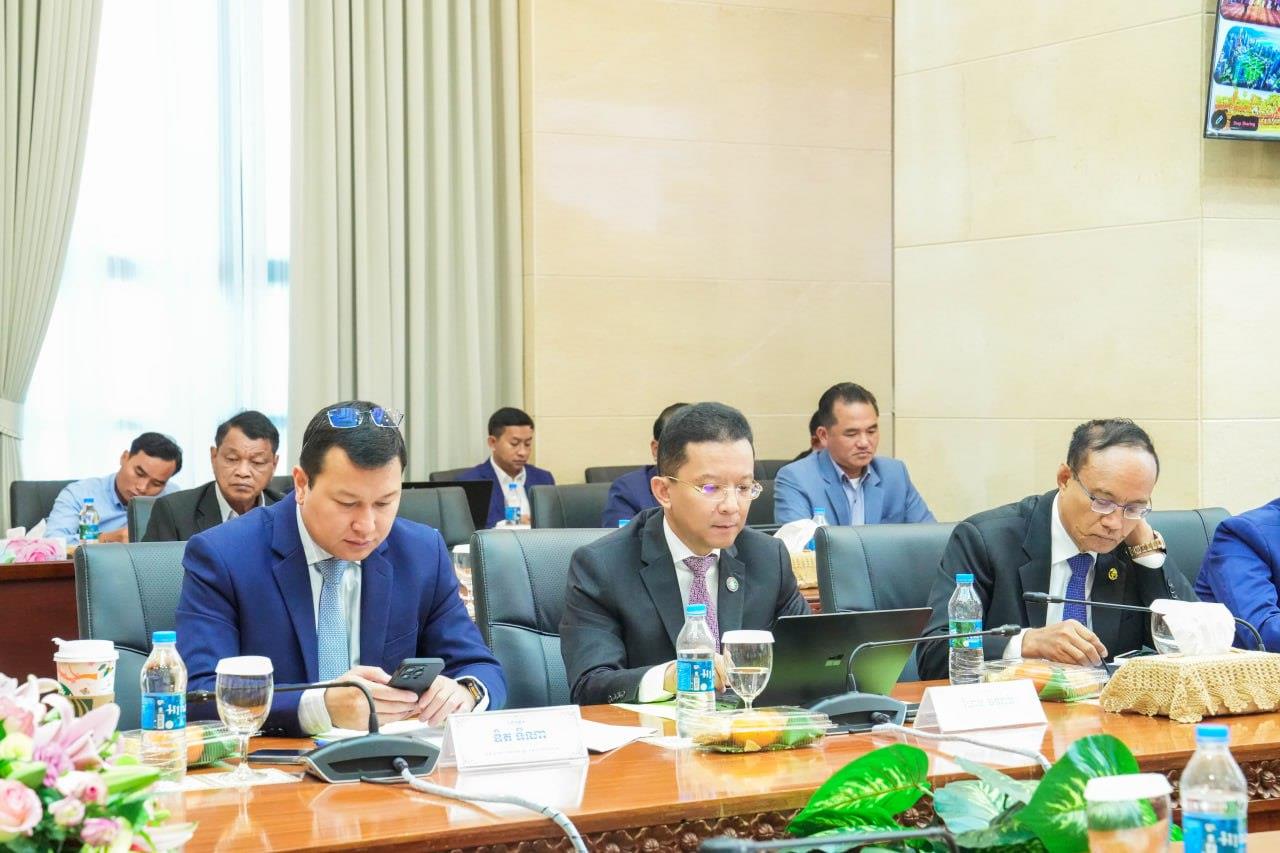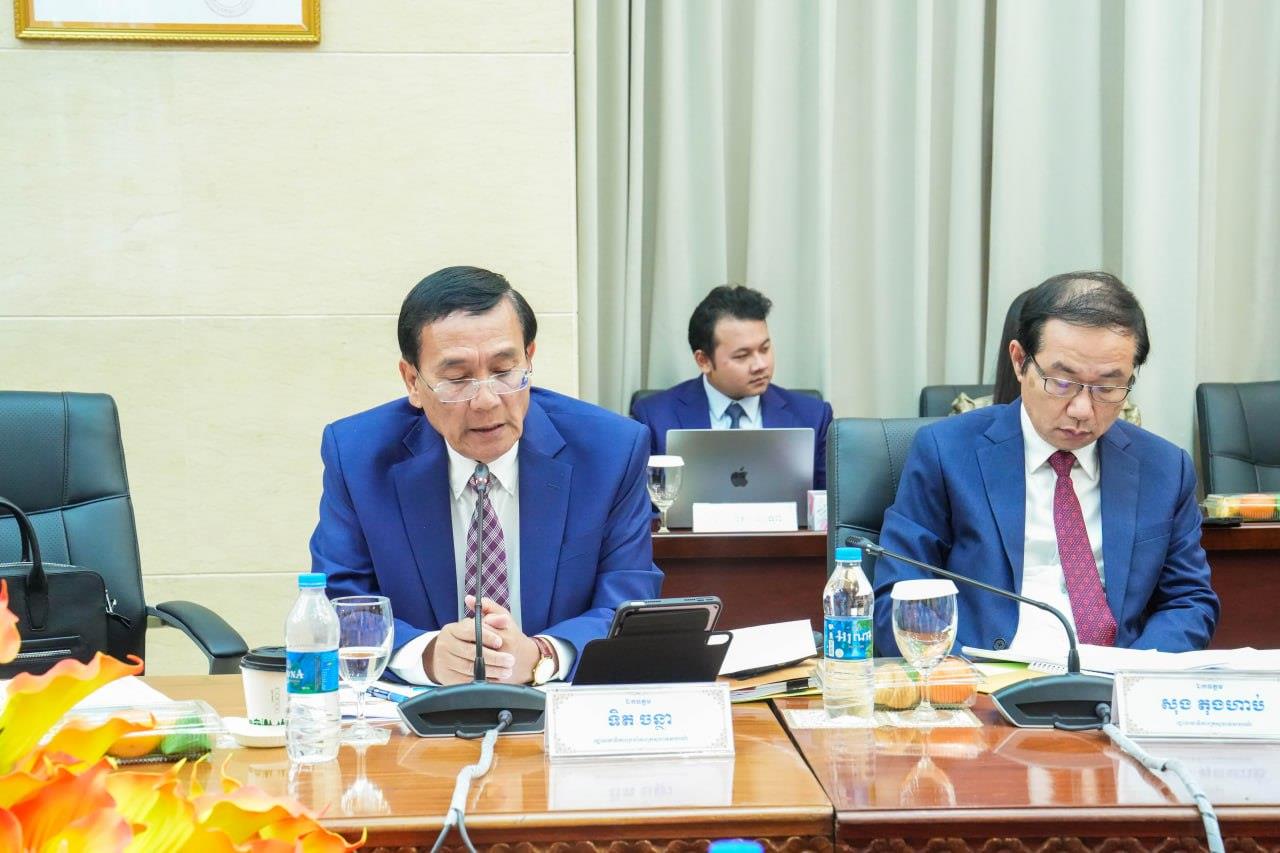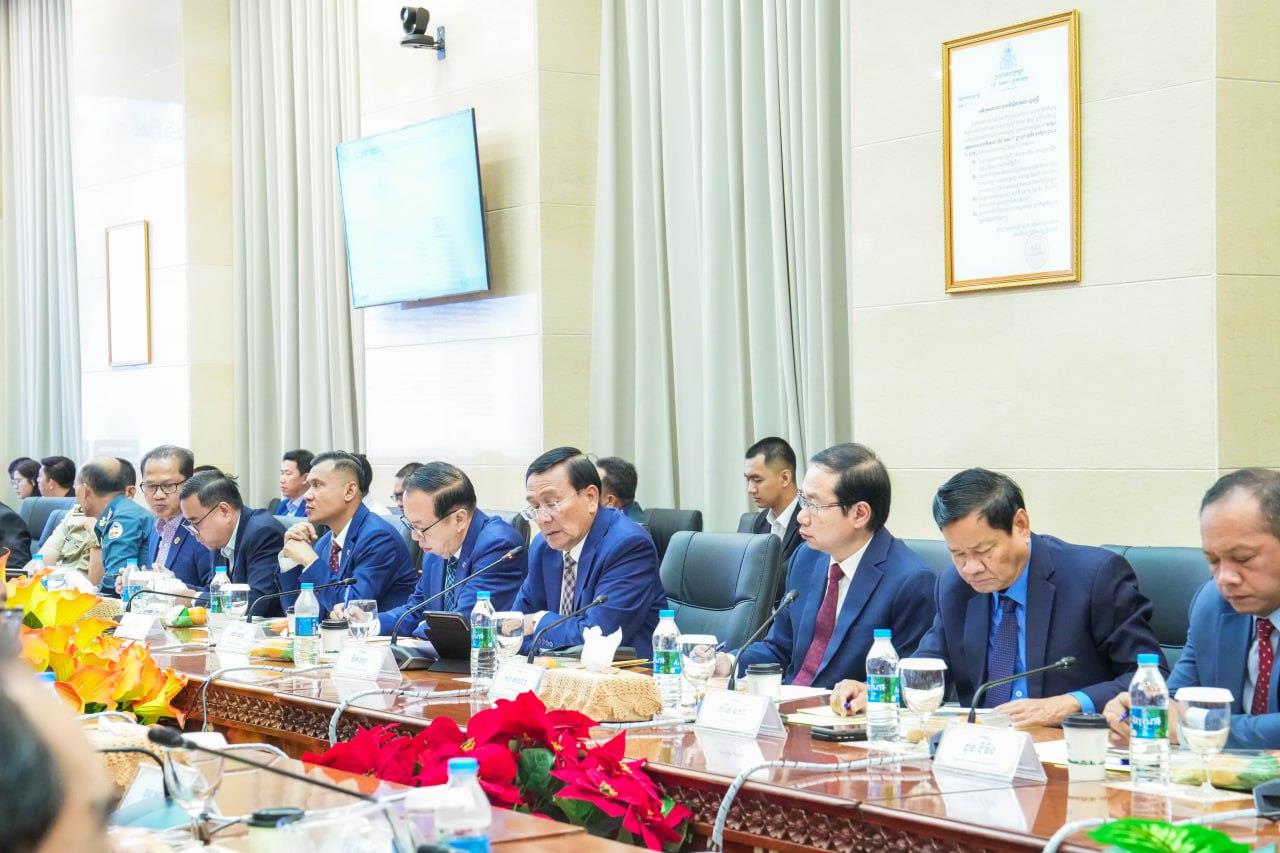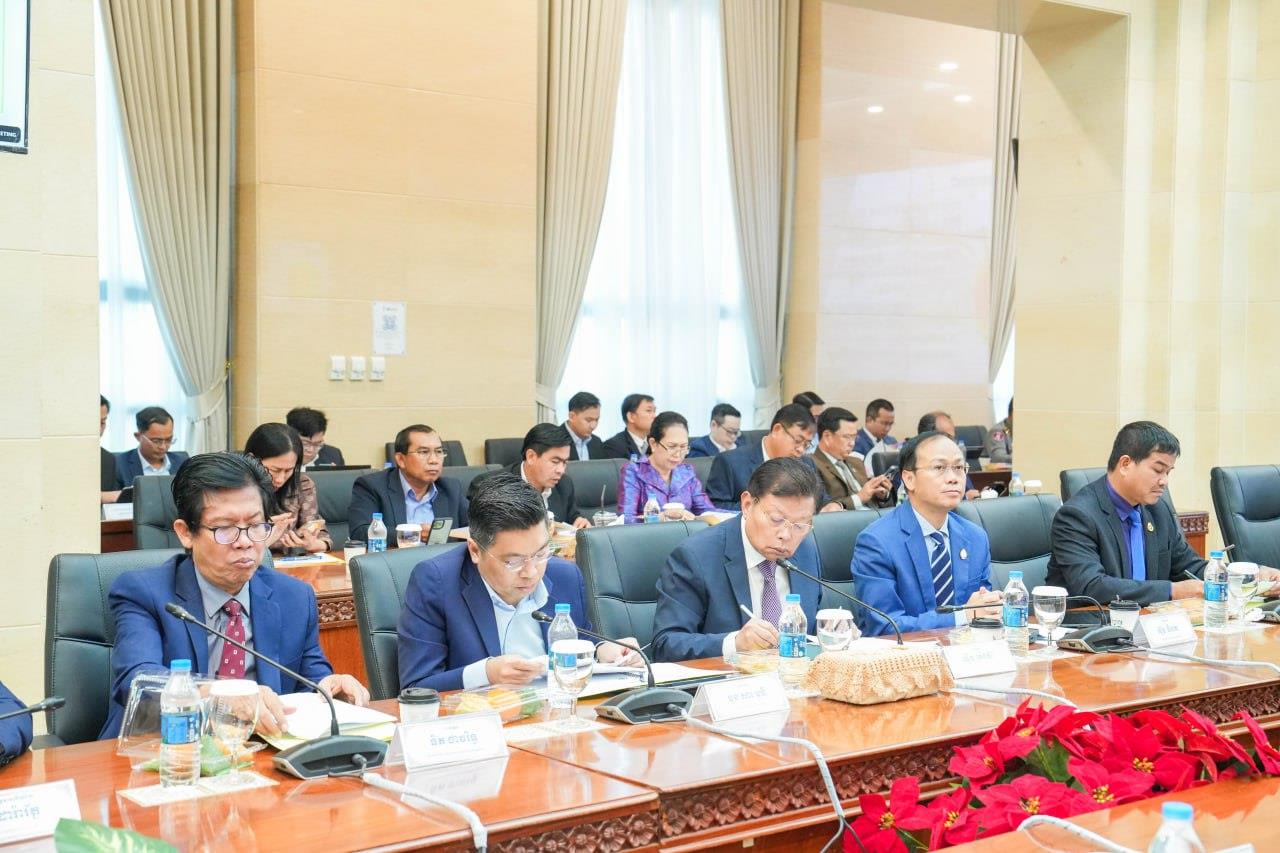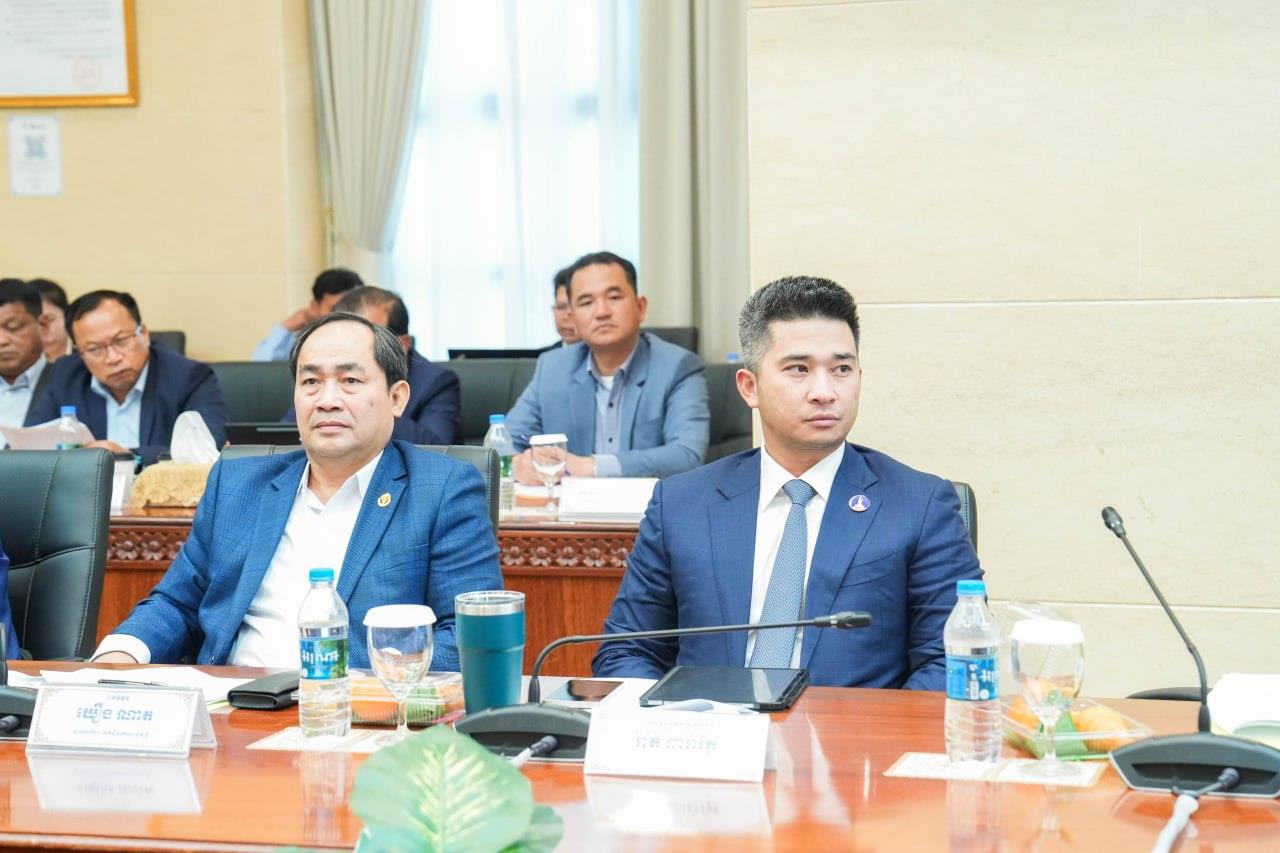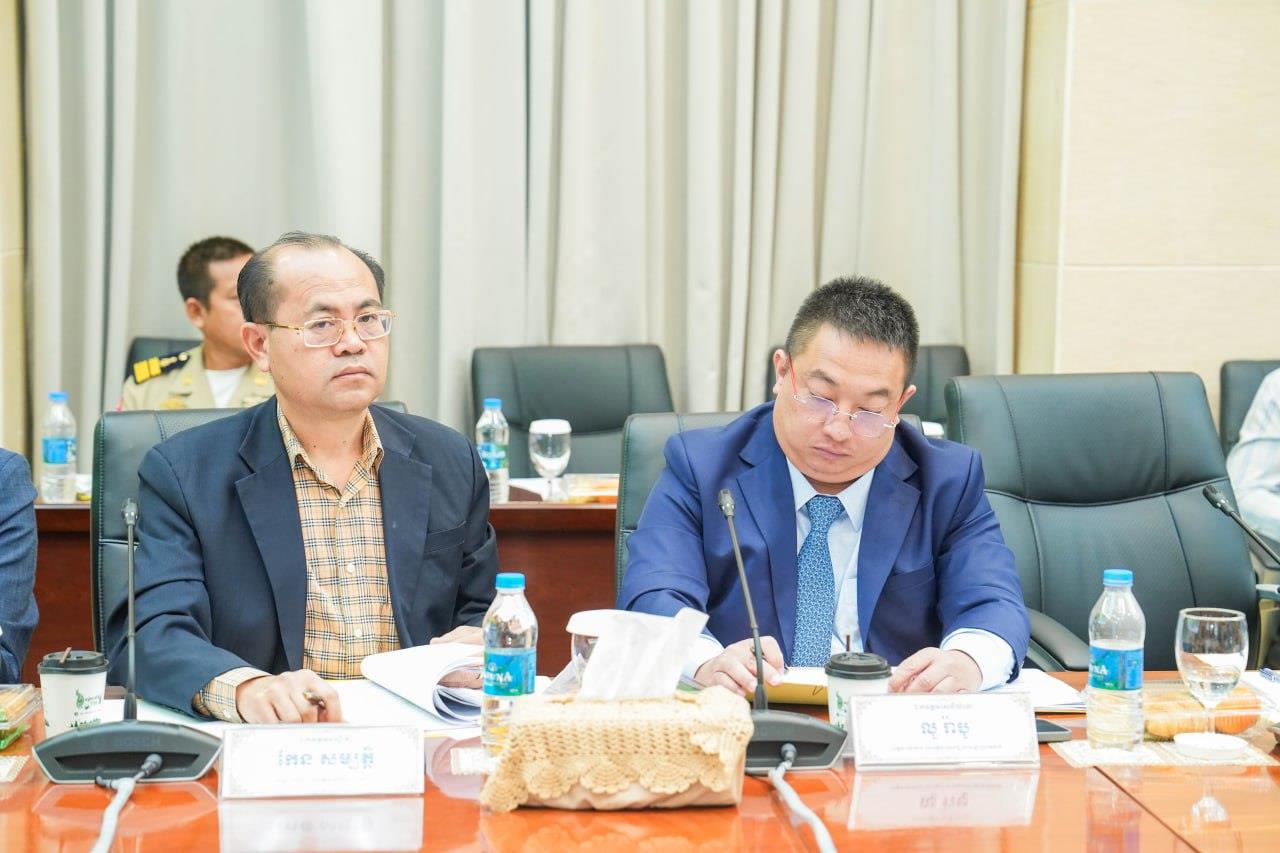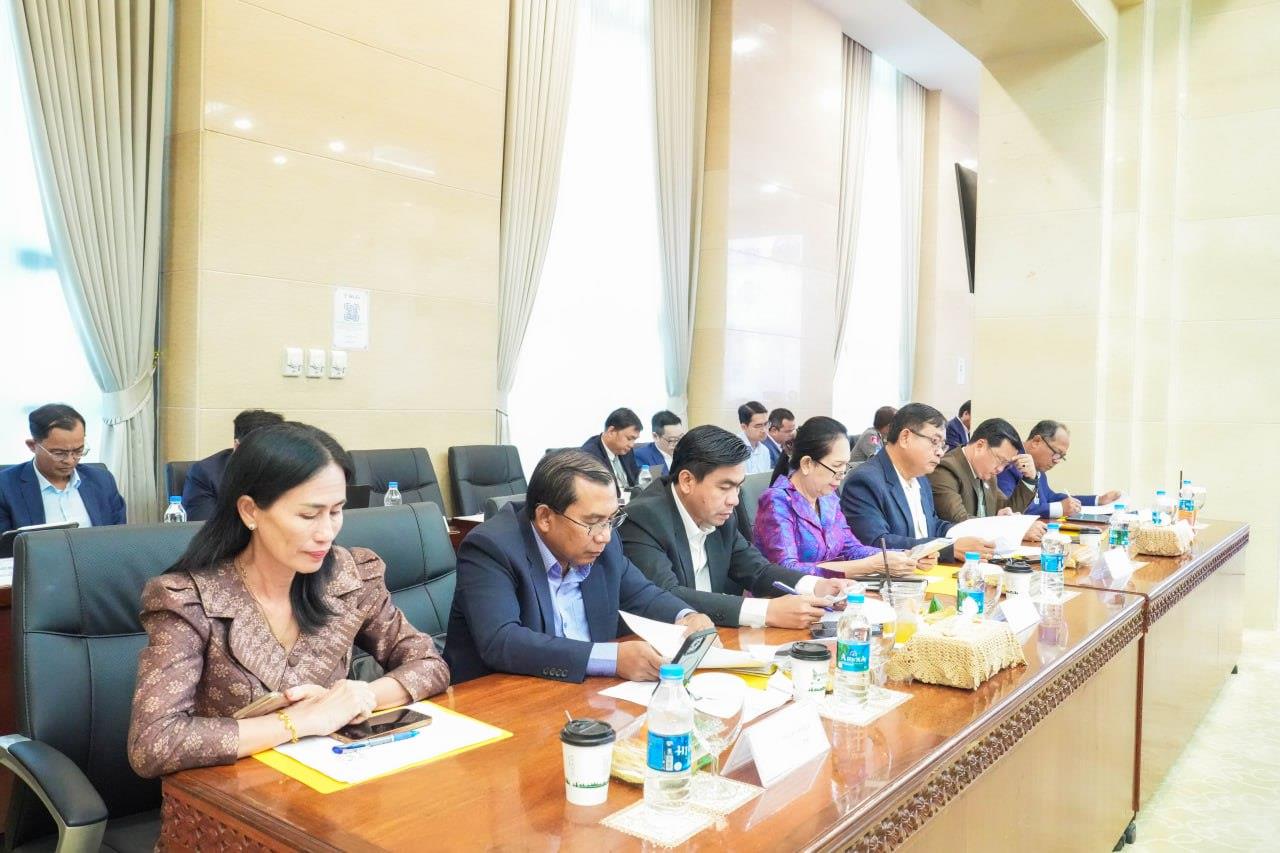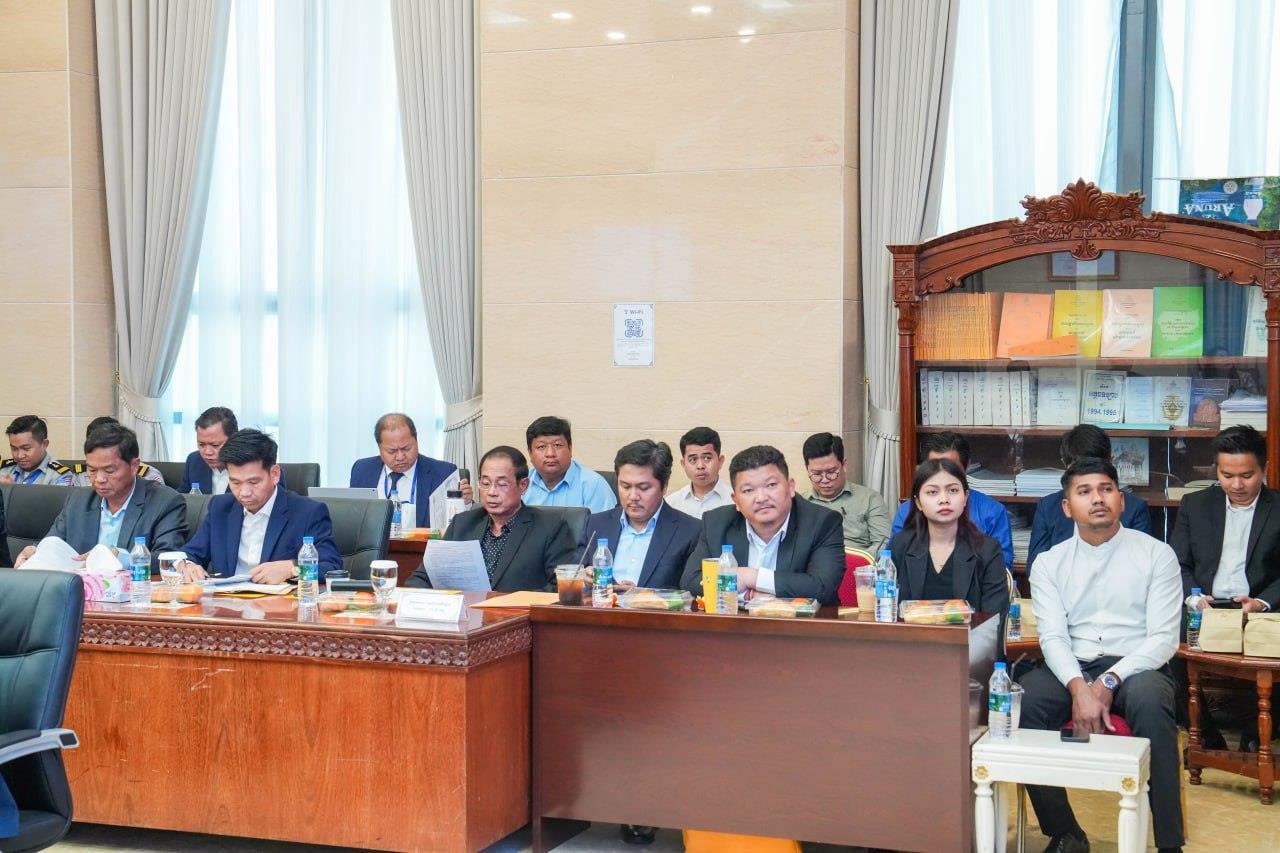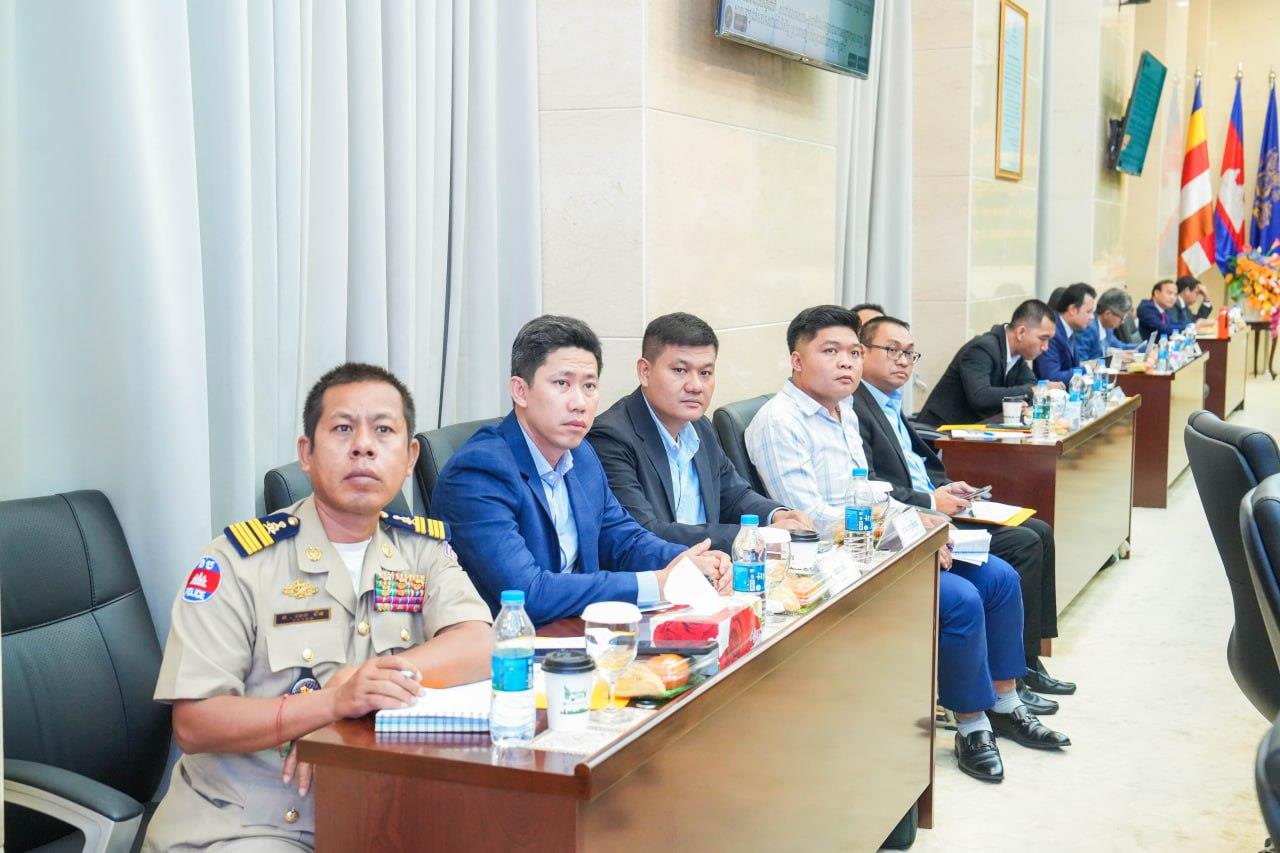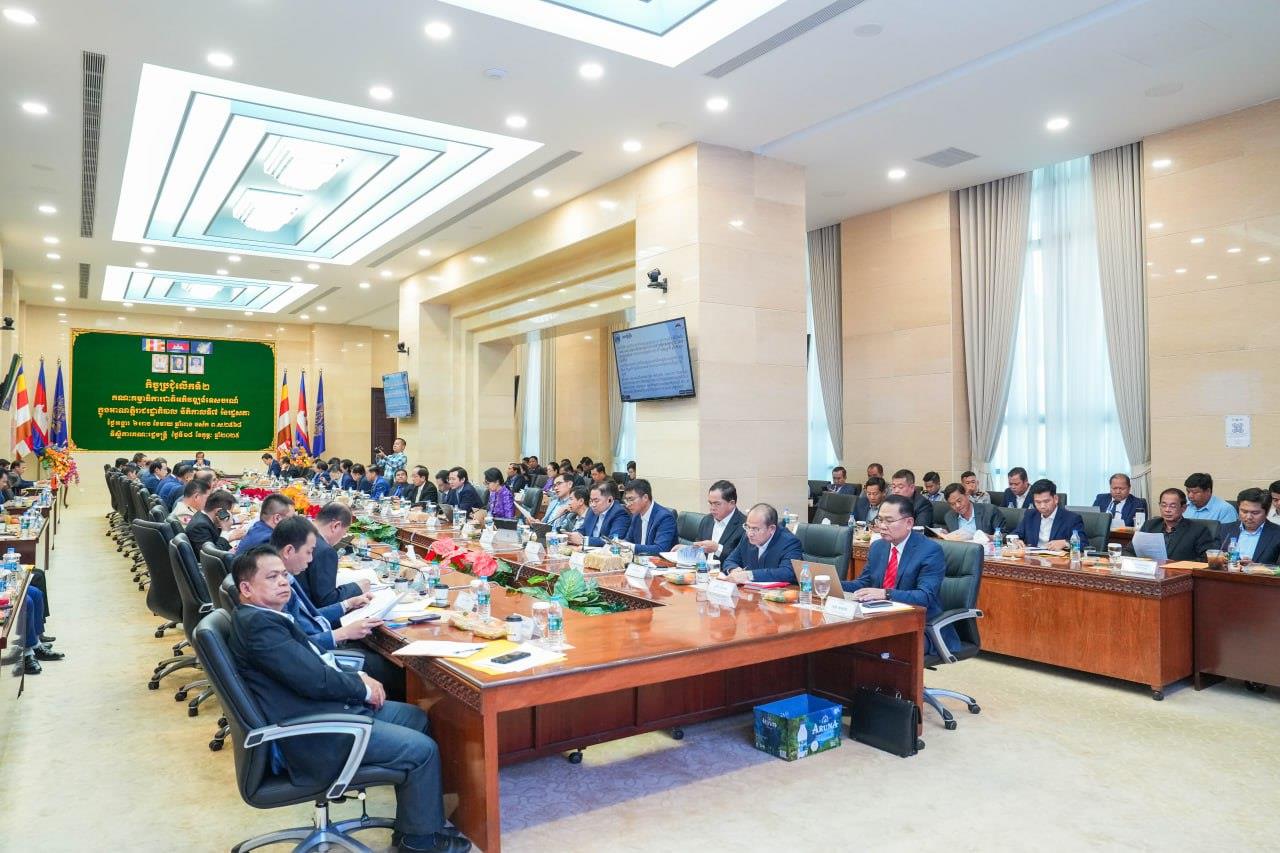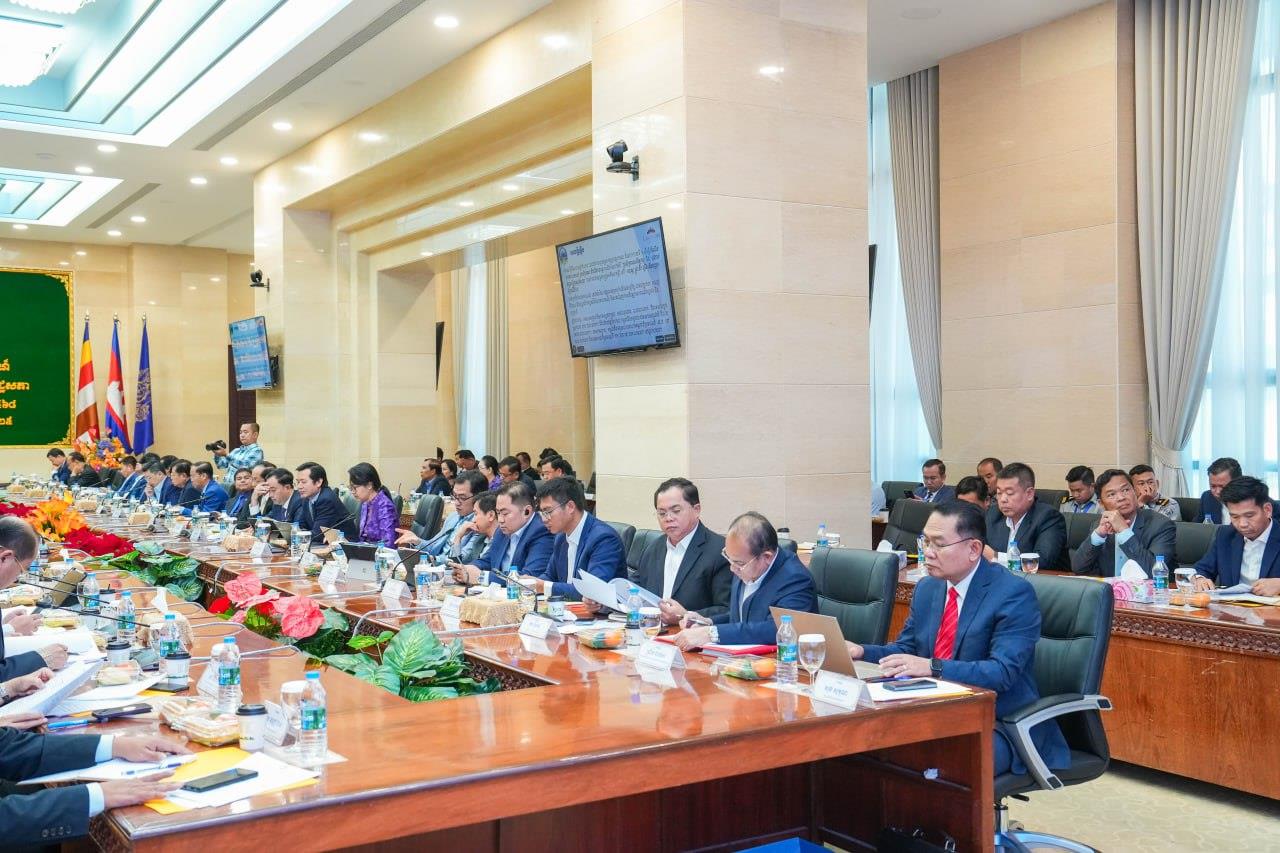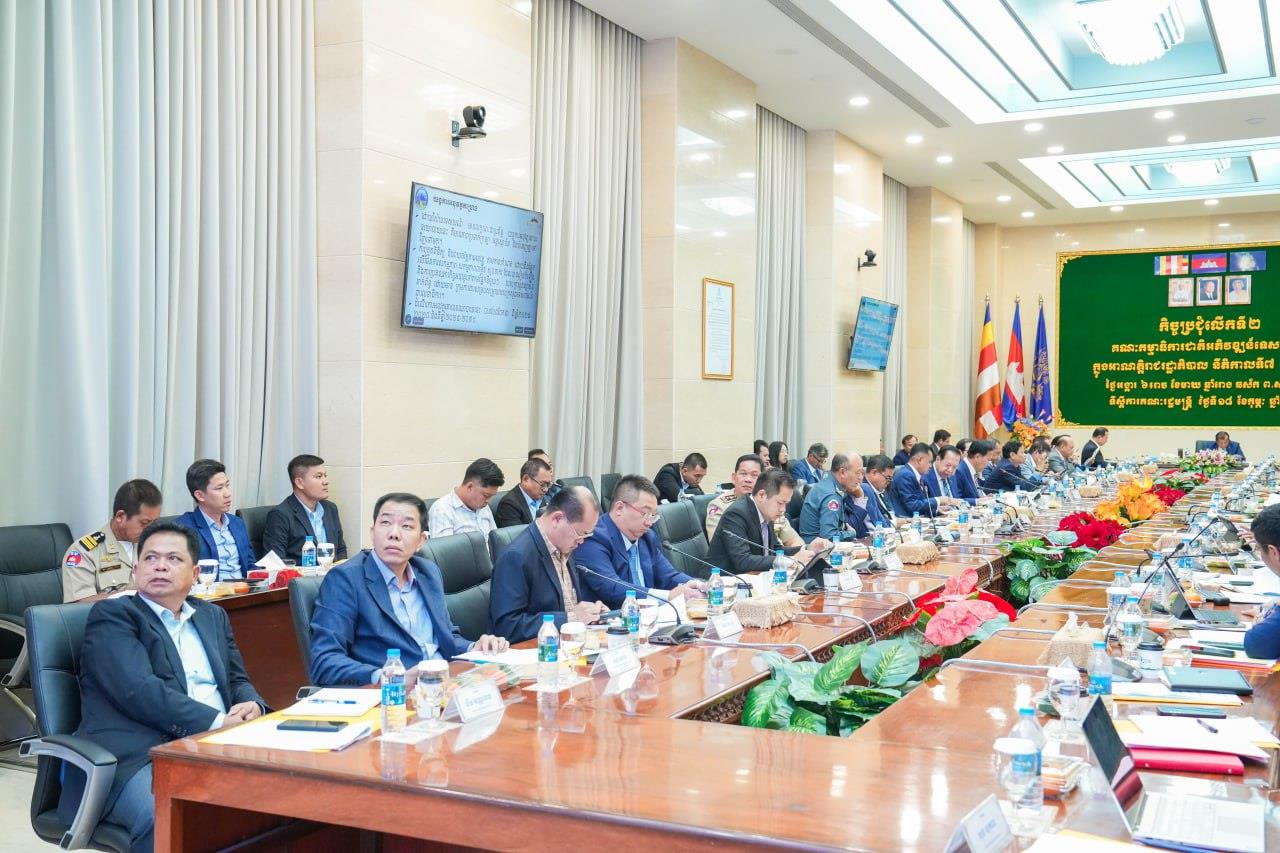Phnom Penh (FN), Feb. 19 – The Royal Government of Cambodia, through the National Tourism Development Committee (NTDC), is developing a ‘Sacred Tourism 2025-2035’ policy aimed at transforming designated areas in Cambodia into sacred tourism destinations. The initiative seeks to attract special and high-quality tourists to visit, stay, conduct business, and invest in the country.
It is worth noting that in 2018, the Royal Government of Cambodia began formulating this sacred tourism policy. However, preparations were stalled due to the COVID-19 pandemic. The recent establishment of the NTDC has now enabled the national committee to take the lead in drafting the policy.
At the second meeting of the National Tourism Development Committee on 18 February 2025 at the Council of Ministers, Thong Khon, Senior Minister and Chairman of the NTDC, led a consultation on the draft policy "Sacred Tourism 2025-2035". The meeting was attended by Huot Hak, Minister of Tourism and Permanent Vice Chairman; Neth Pheaktra, Minister of Information and Vice Chairman; Dith Tina, Minister of Agriculture, Forestry and Fisheries and Vice Chairman; along with other key leaders and NTDC members. Lively discussions covered various aspects of the policy, with a particular focus on finalising its framework.
Senior Minister Thong Khon stated that the Royal Government has launched the Sacred Tourism 2025-2035 initiative to enhance Cambodia’s reputation as a premier tourism destination. The policy aims to develop high-priority tourism products and services aligned with emerging trends, attracting high-quality visitors to contribute to economic growth and social development.
What is Sacred Tourism?
Sacred tourism destinations are areas in Cambodia identified by the Royal Government as having high tourism potential. These areas will be equipped with essential tourism facilities and services, such as accommodation services, food and beverage outlets, tourist recreation centres, sports and entertainment venues, parks and healthcare facilities, and other related tourist service centres.
In addition, sacred tourism areas will be developed with high-quality supporting infrastructure, ensuring access to financial services, telecommunications, education, and healthcare facilities that meet international standards. These areas may be developed by the Royal Government, private sector entities, or public-private partnerships (PPPs), with government encouragement and support in line with the legal framework to be established.
Tith Chantha, Secretary of State at the Ministry of Tourism and an NTDC member, emphasised that sacred tourism destinations cannot be established in border areas or locations considered high-risk.
Tith Chantha further explained that “special tourists” refer to international visitors who receive authorised entry and residence in sacred tourism areas in accordance with Cambodian law. These tourists are granted special rights to invest, engage in business activities, and benefit from sacred tourism projects due to their resources and potential contributions to Cambodia’s economic development. Special tourists may such as business tourists, second-home tourists, retired tourists with financial means, and the high-value visitor categories.
These tourists will receive special privileges related to residency, investment, and business opportunities in sacred tourism areas, as outlined in Cambodia’s existing and forthcoming legal frameworks.
The meeting also reaffirmed the Sacred Tourism 2025-2035 vision, which aims to attract over 2 million special tourists out of the projected 15 million international visitors to Cambodia by 2035.
=FRESH NEWS
